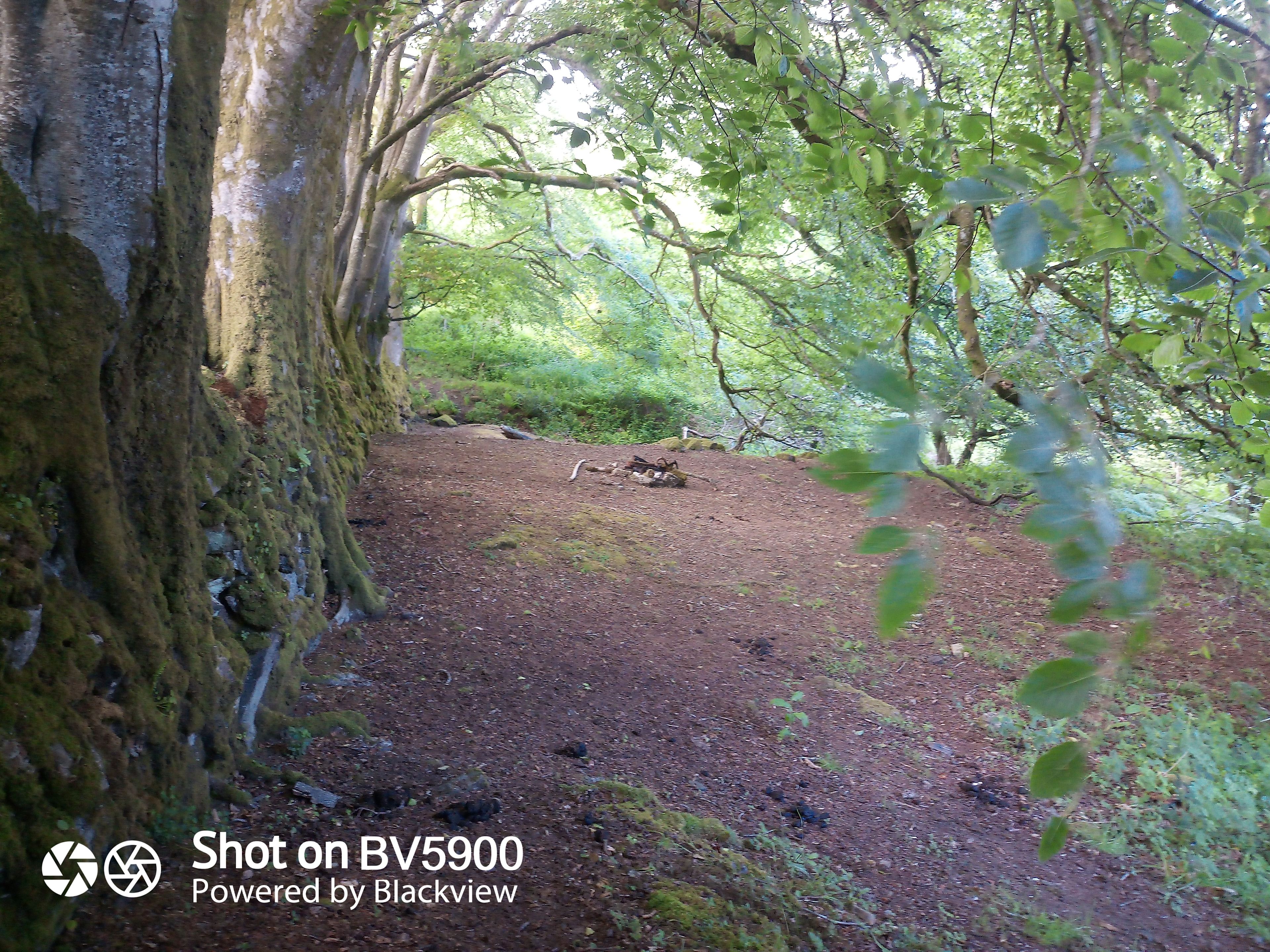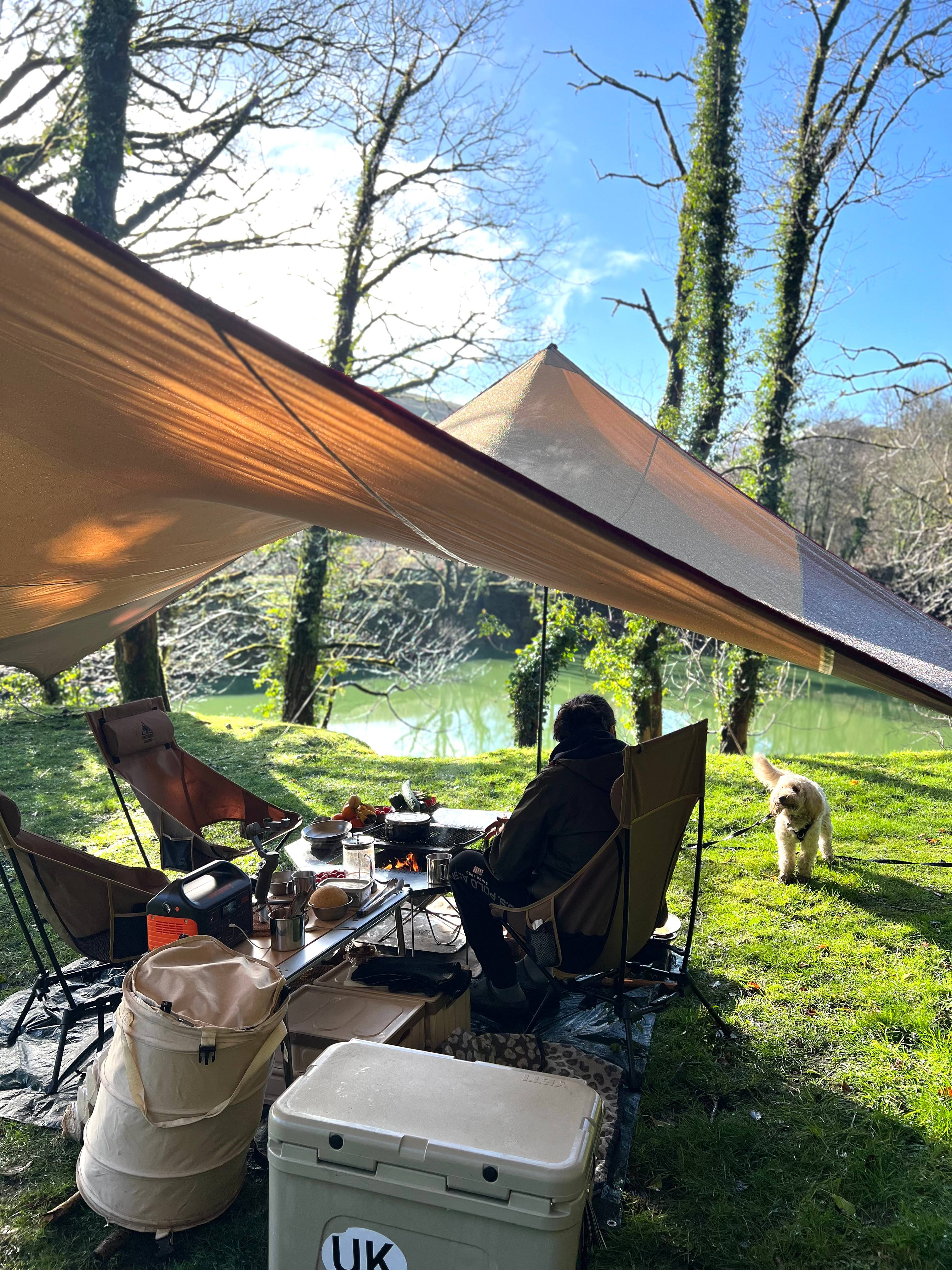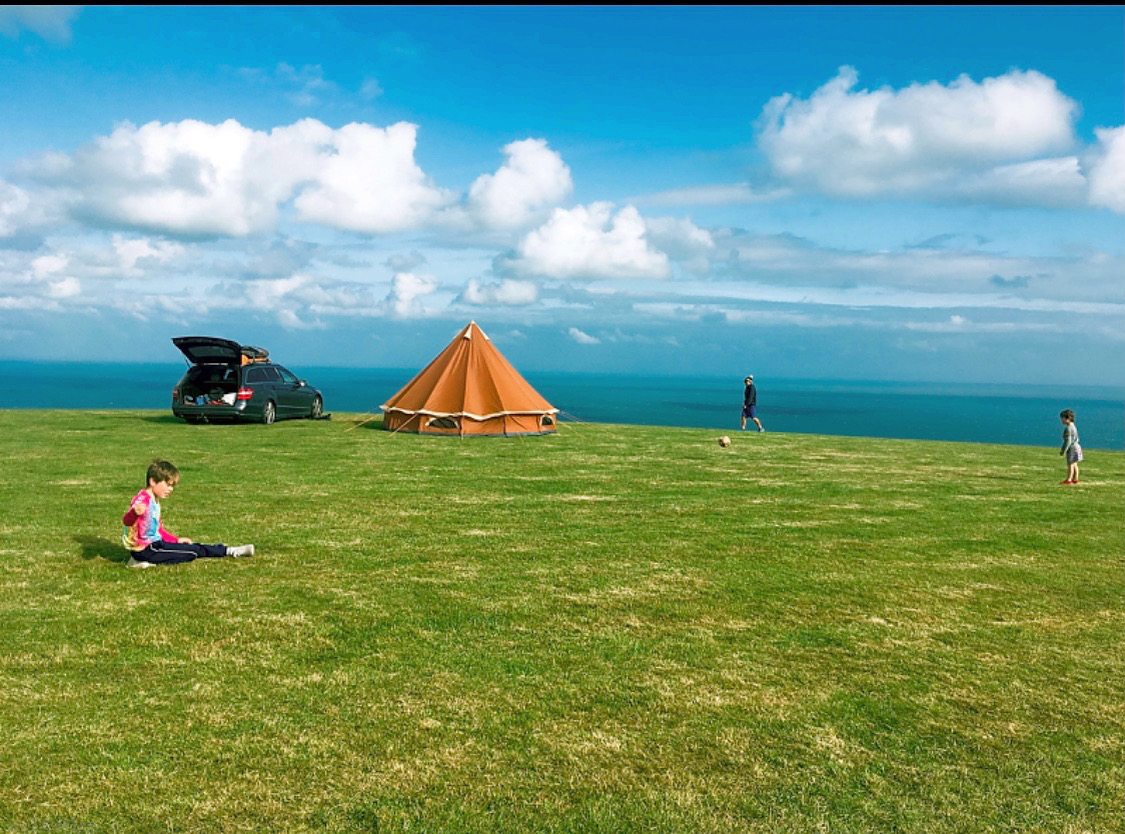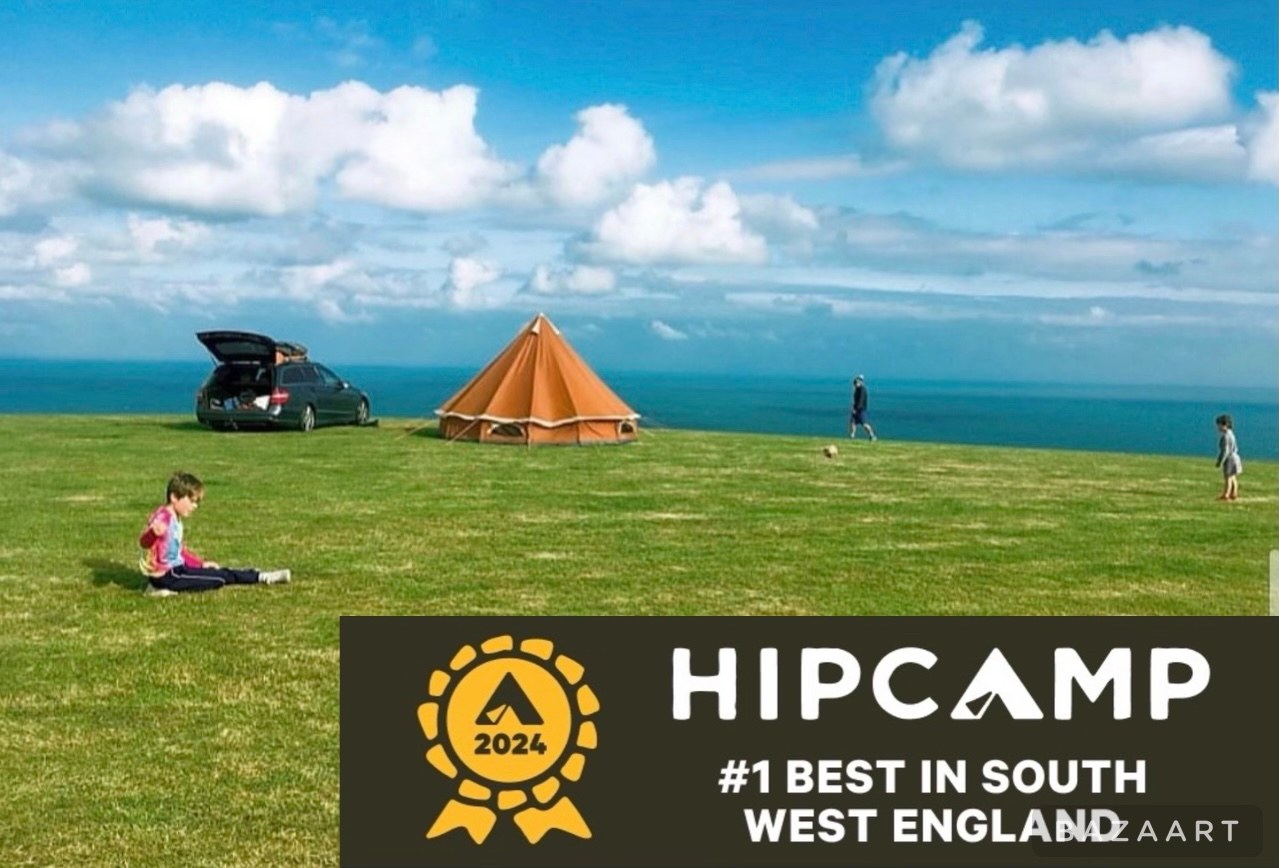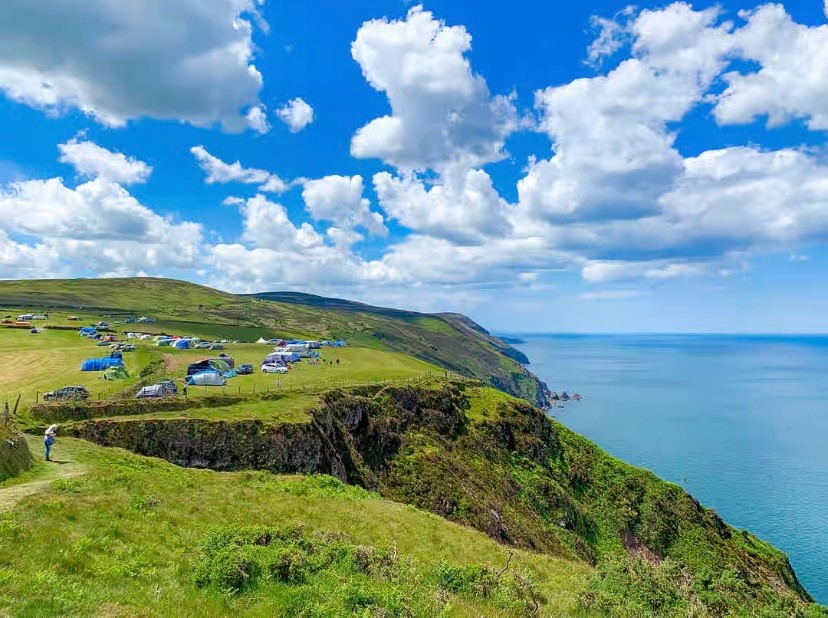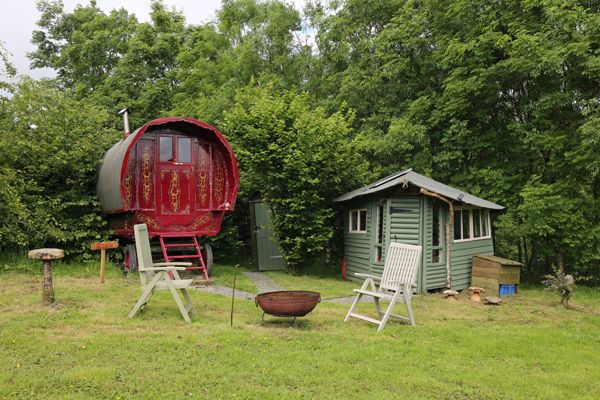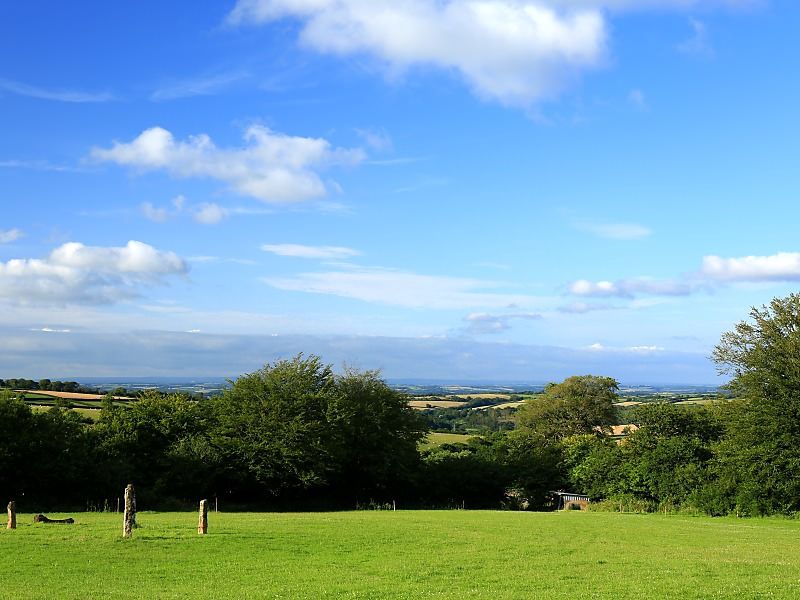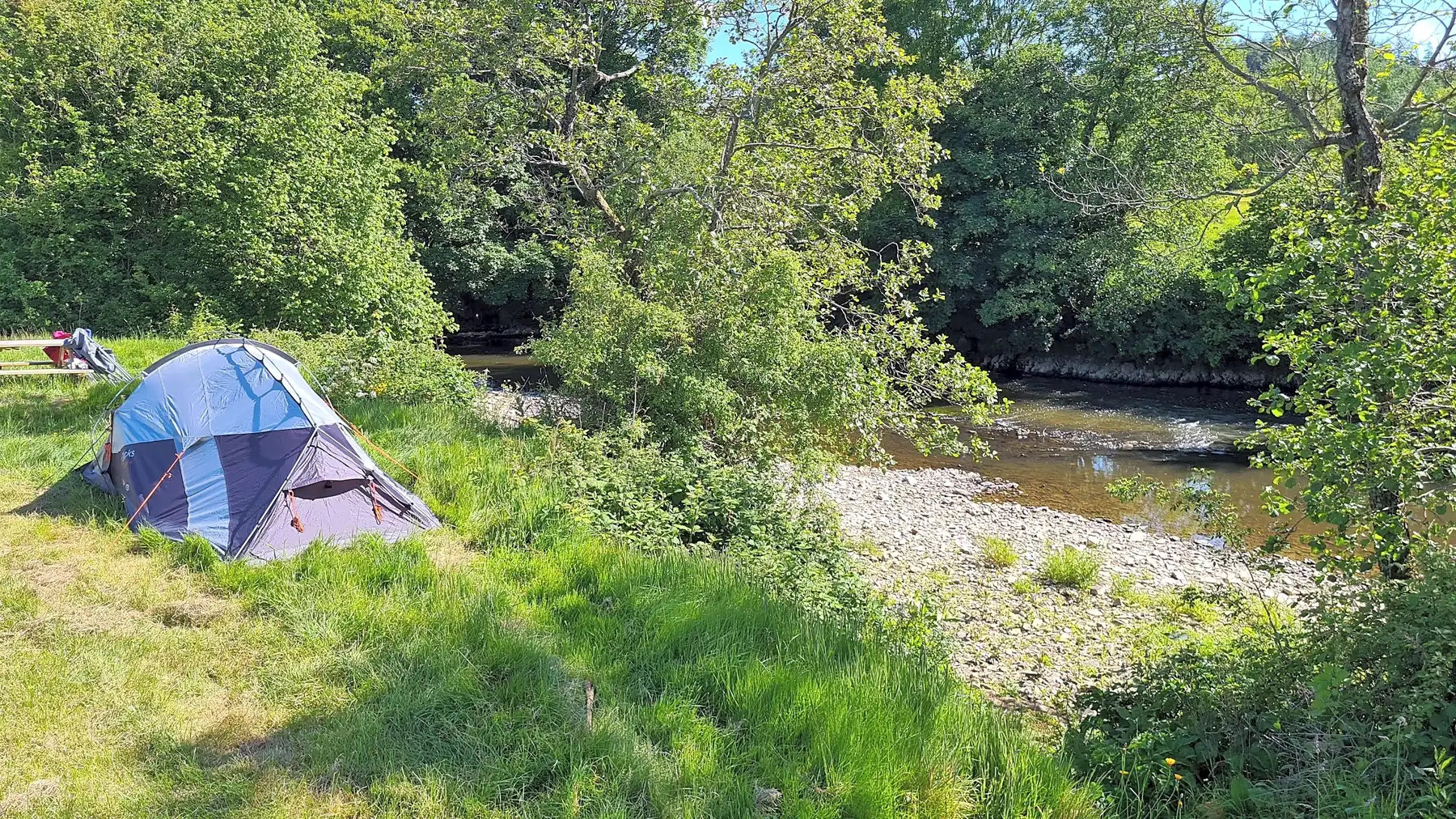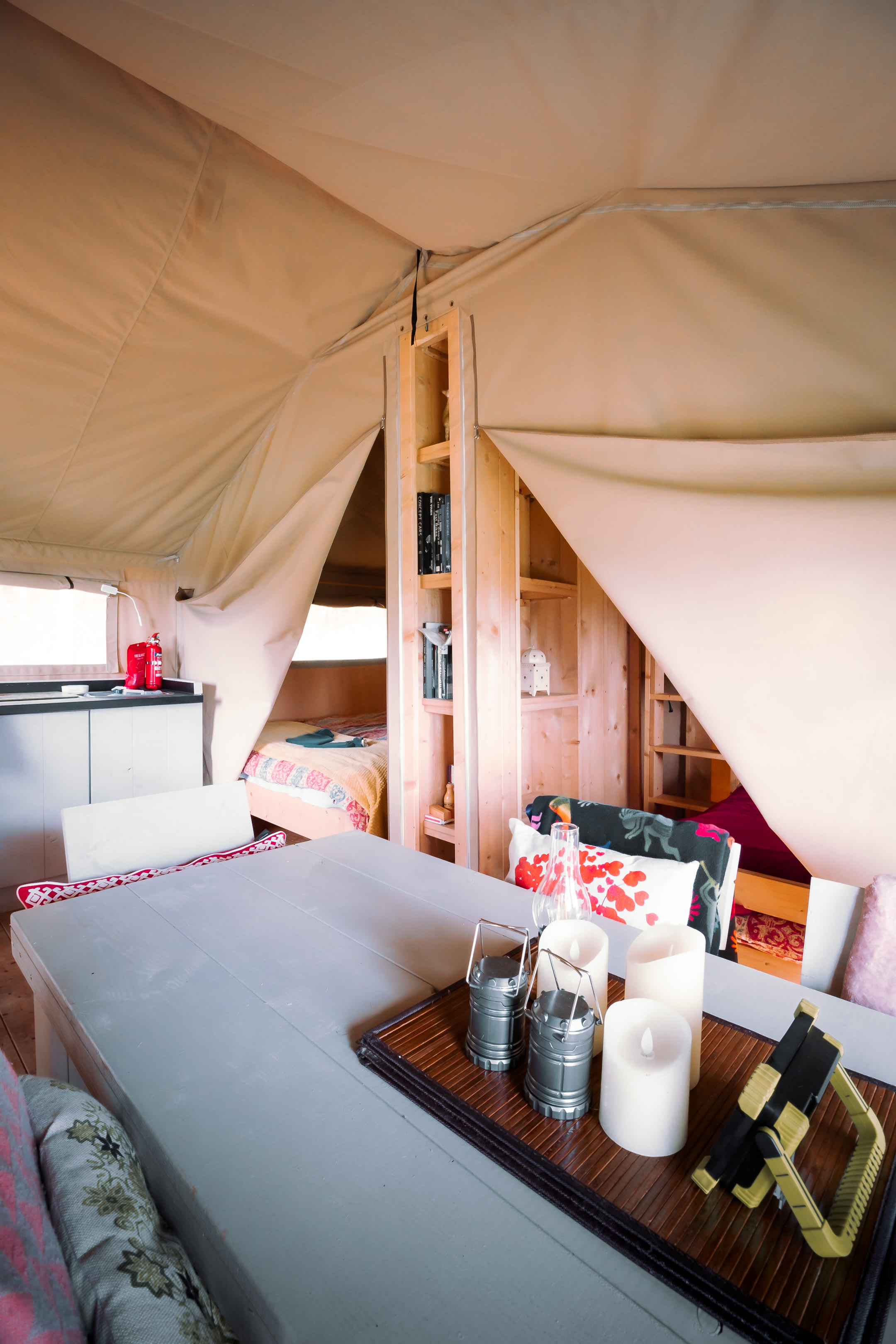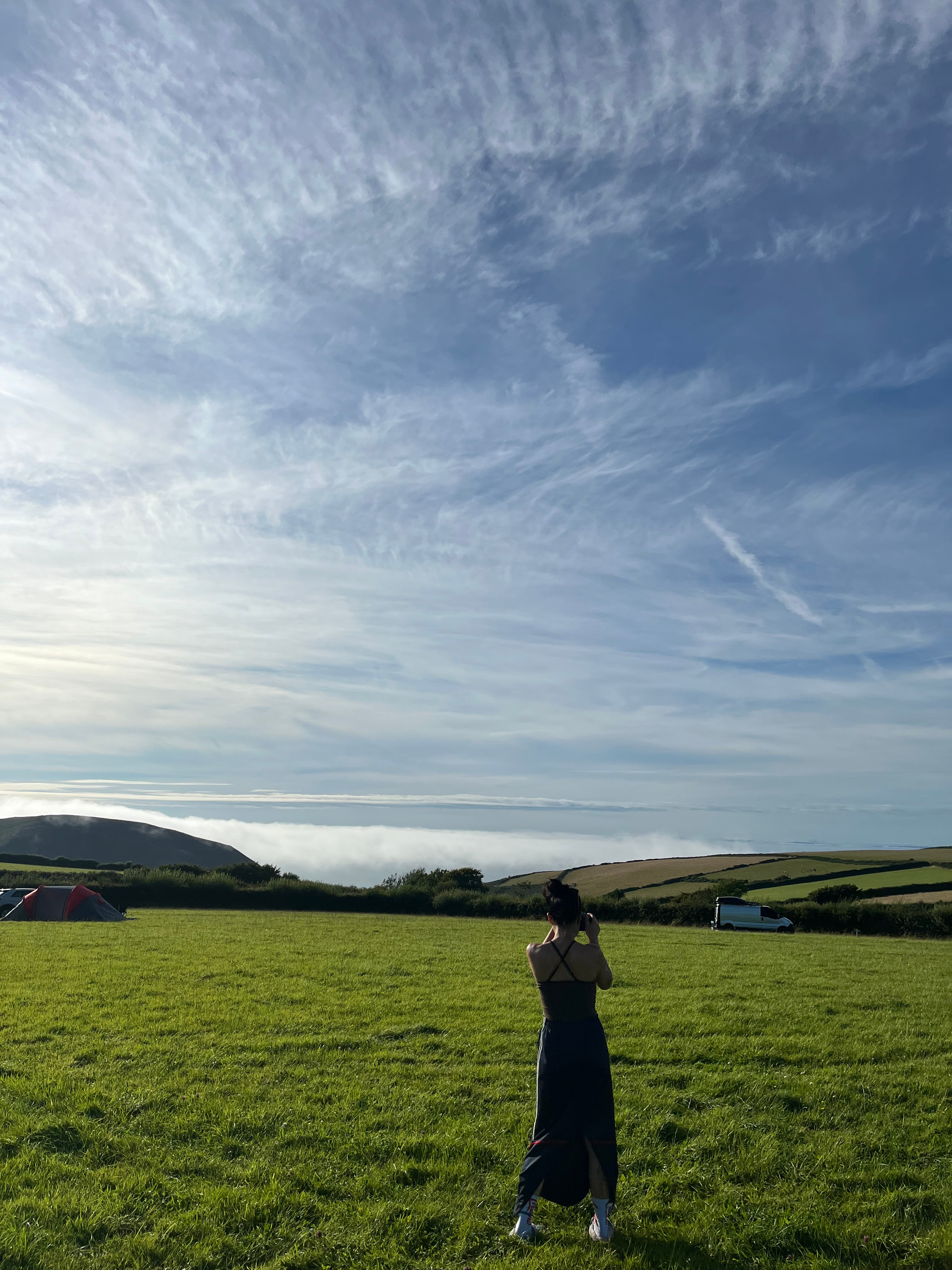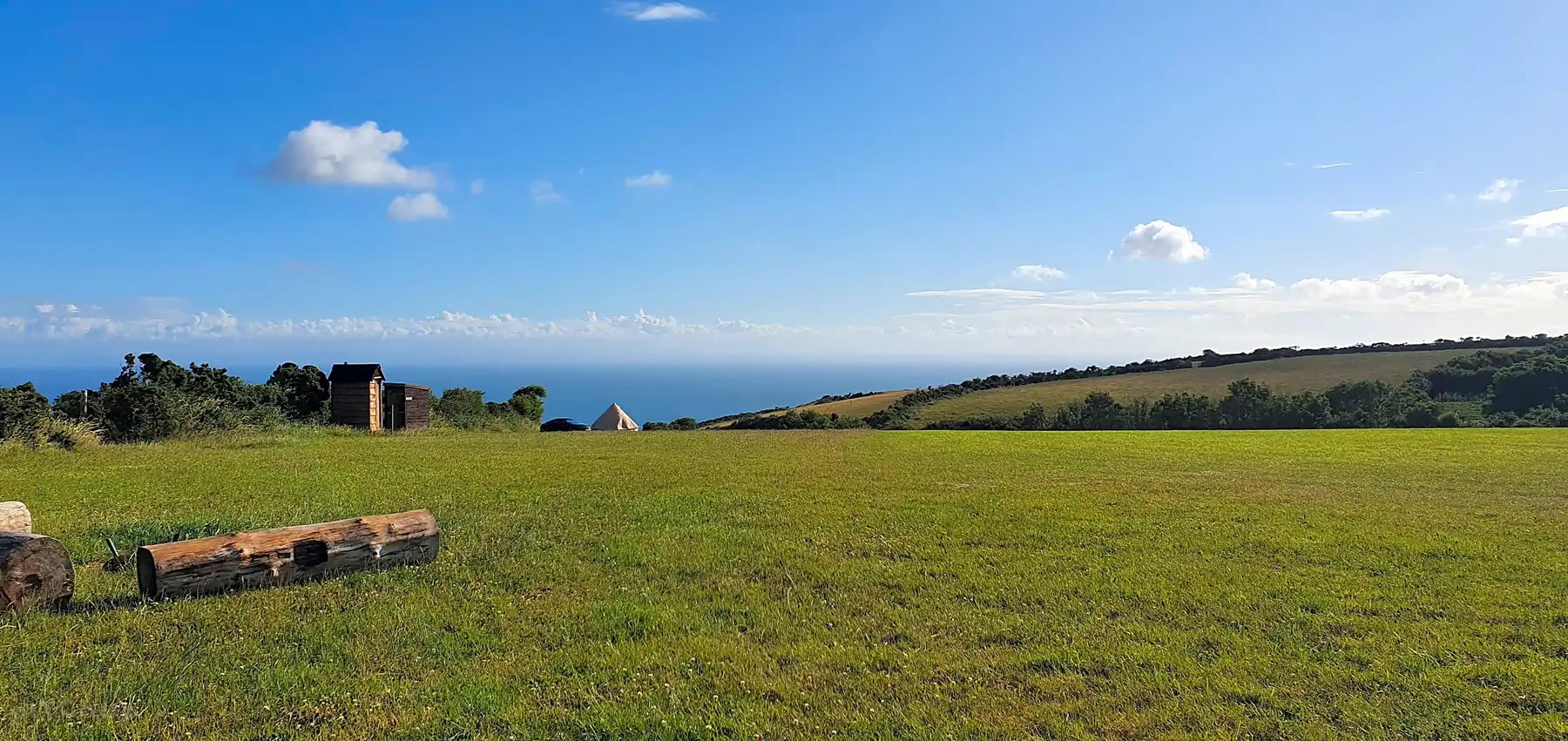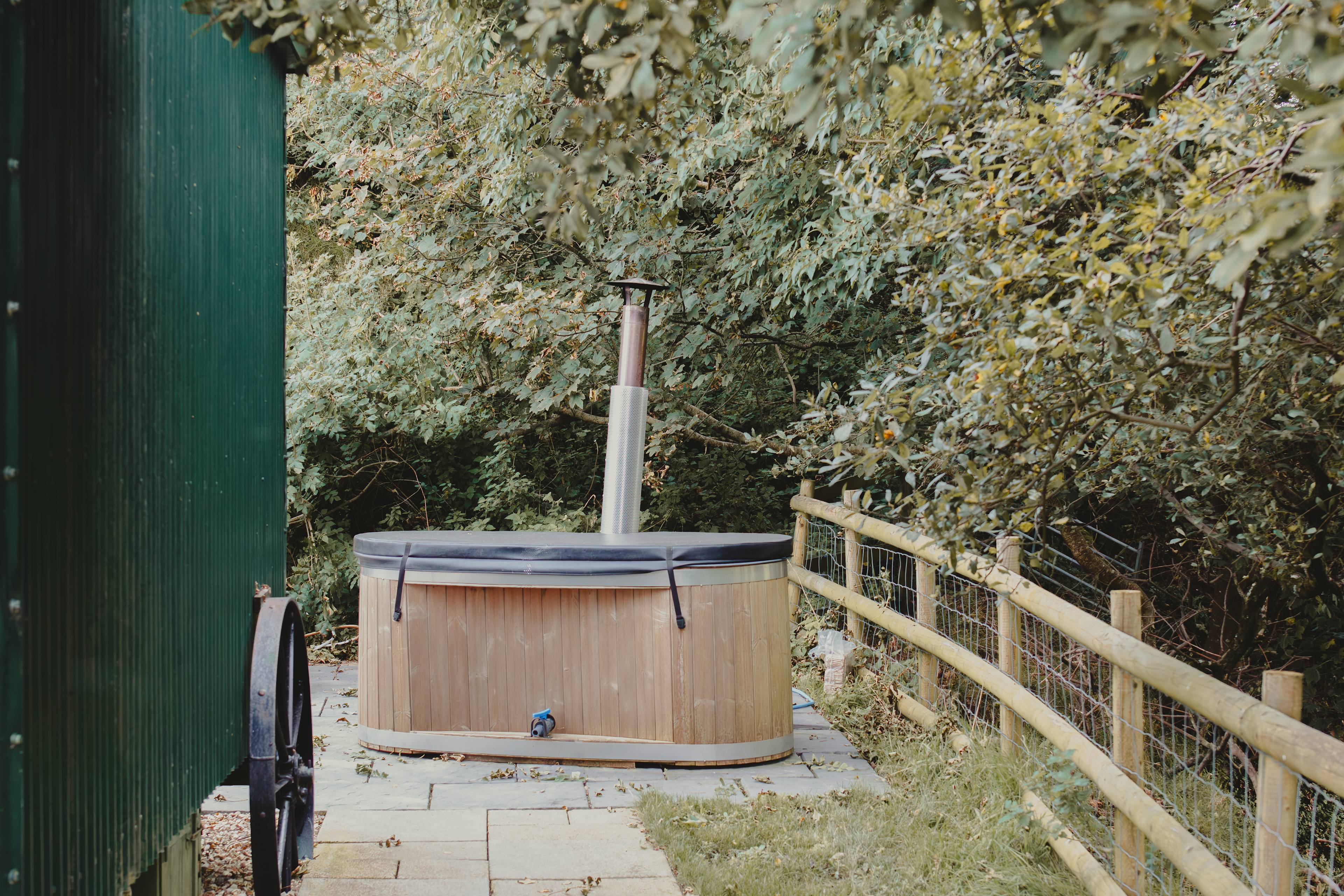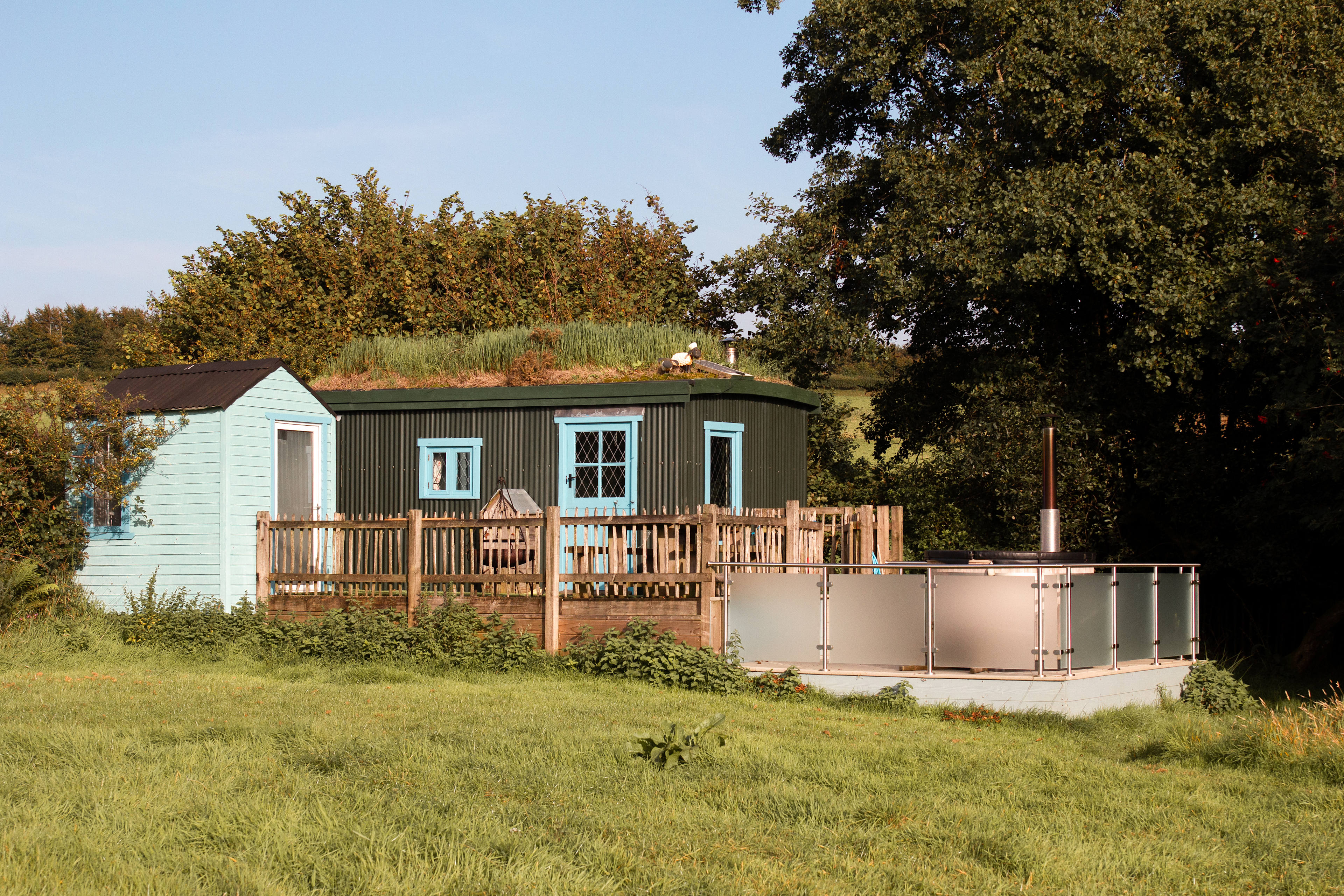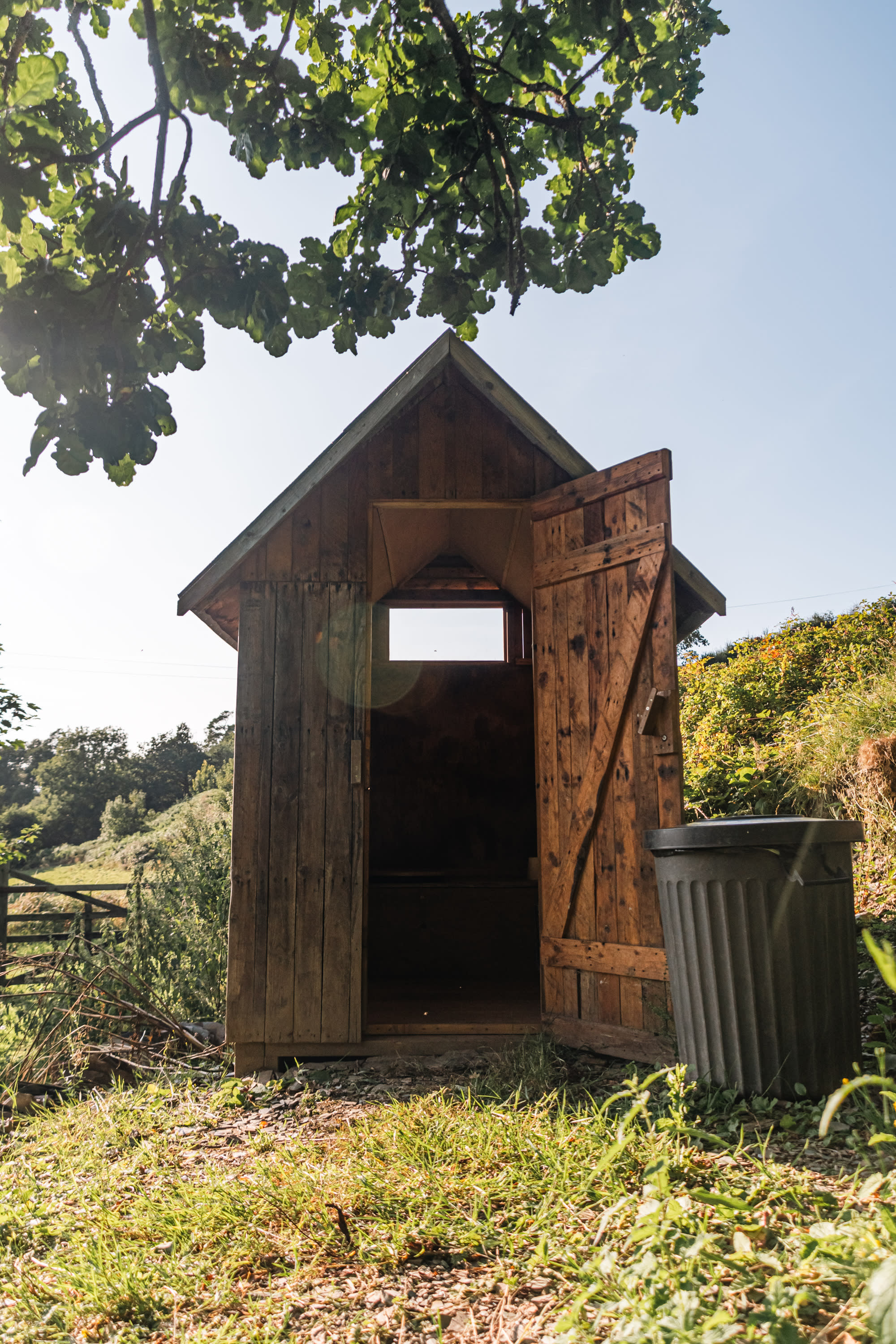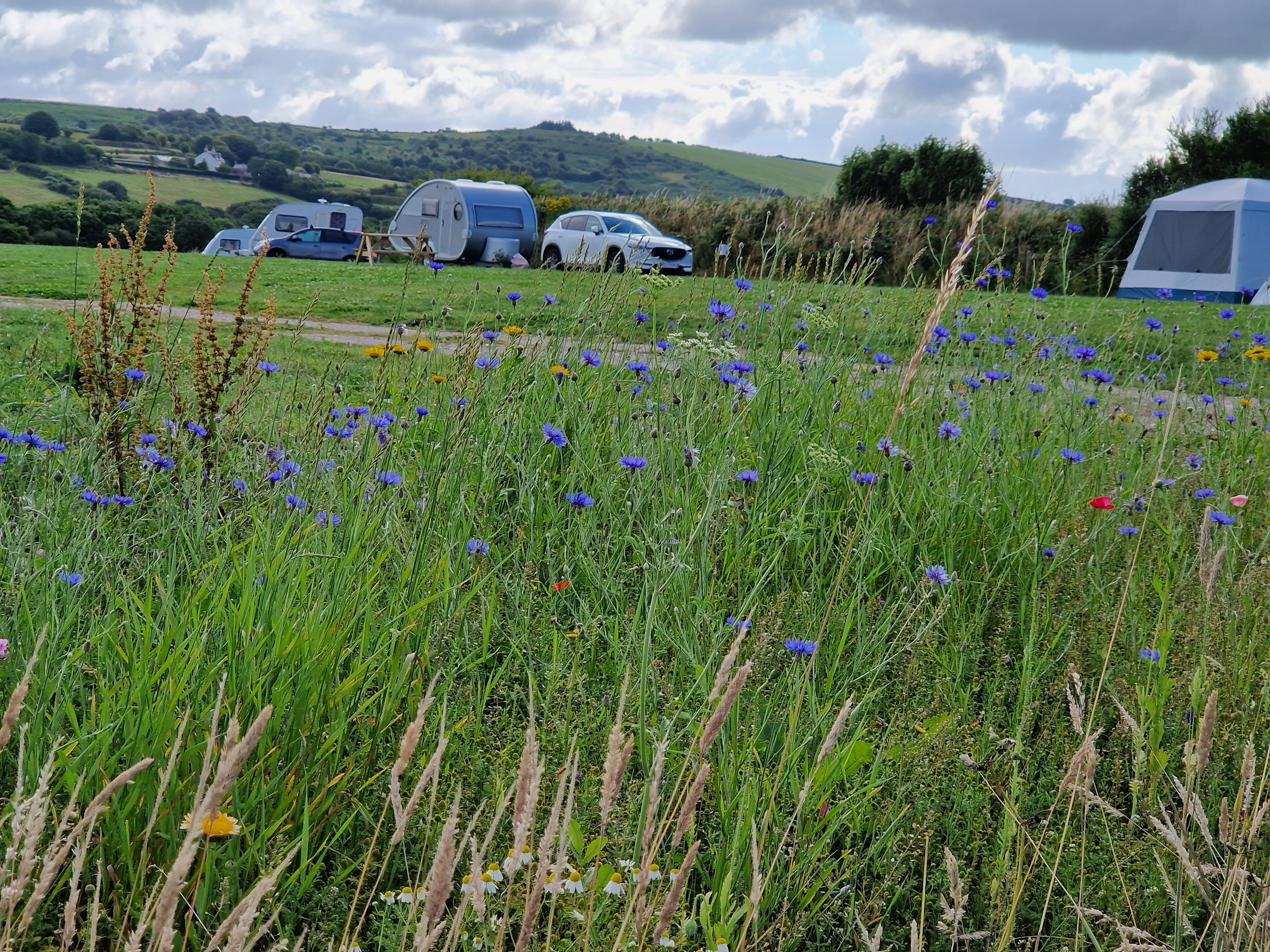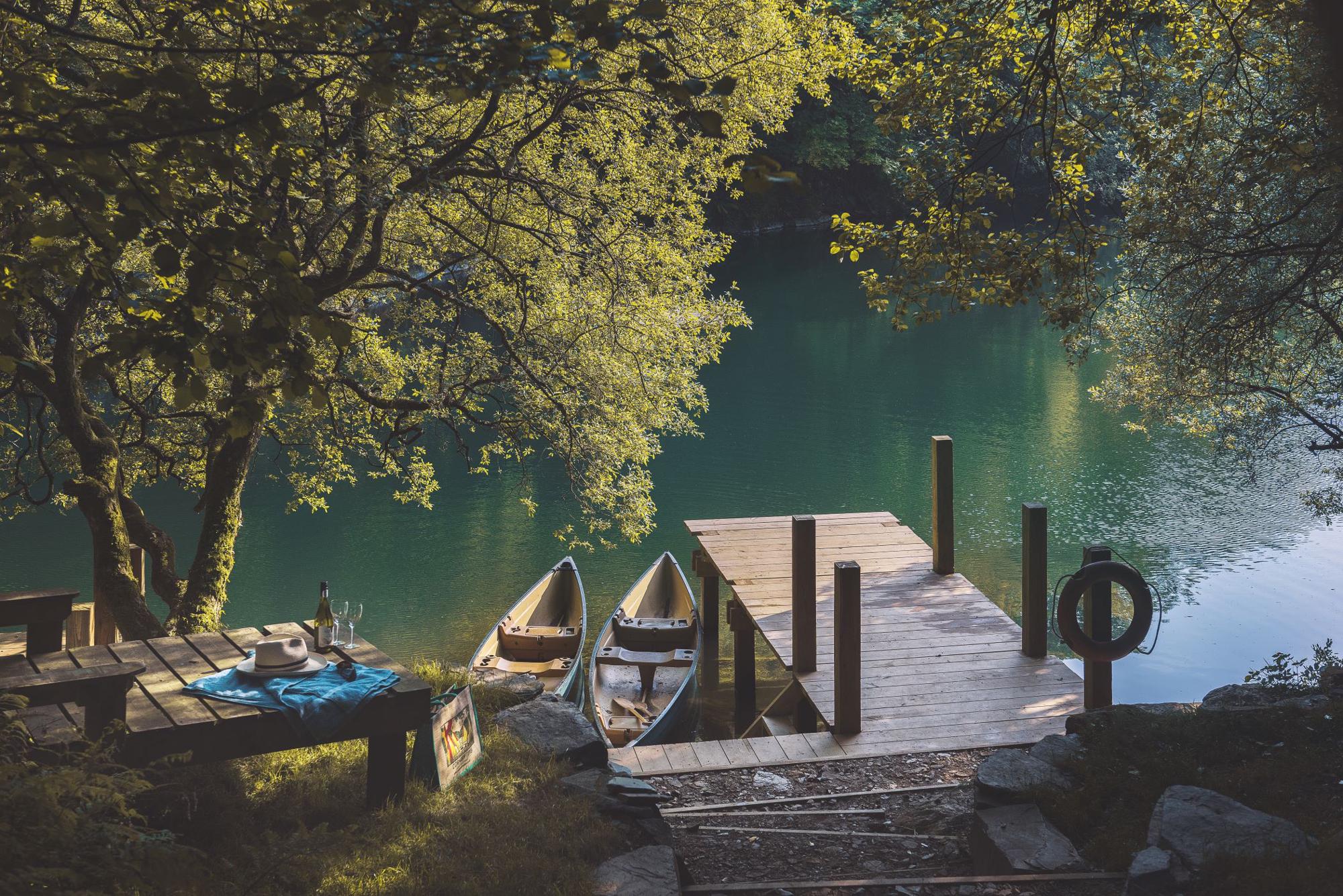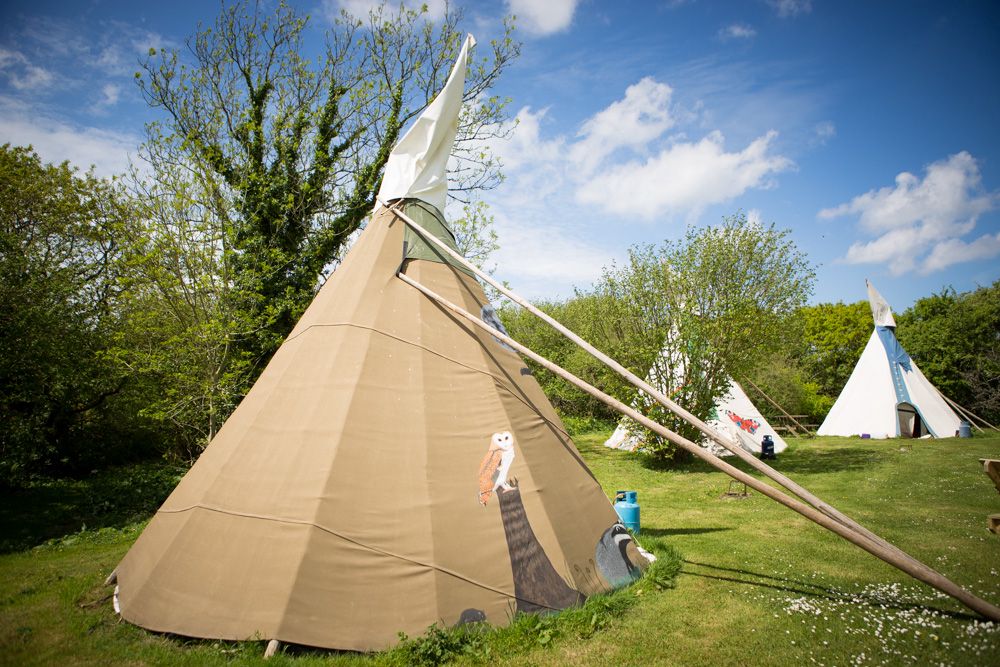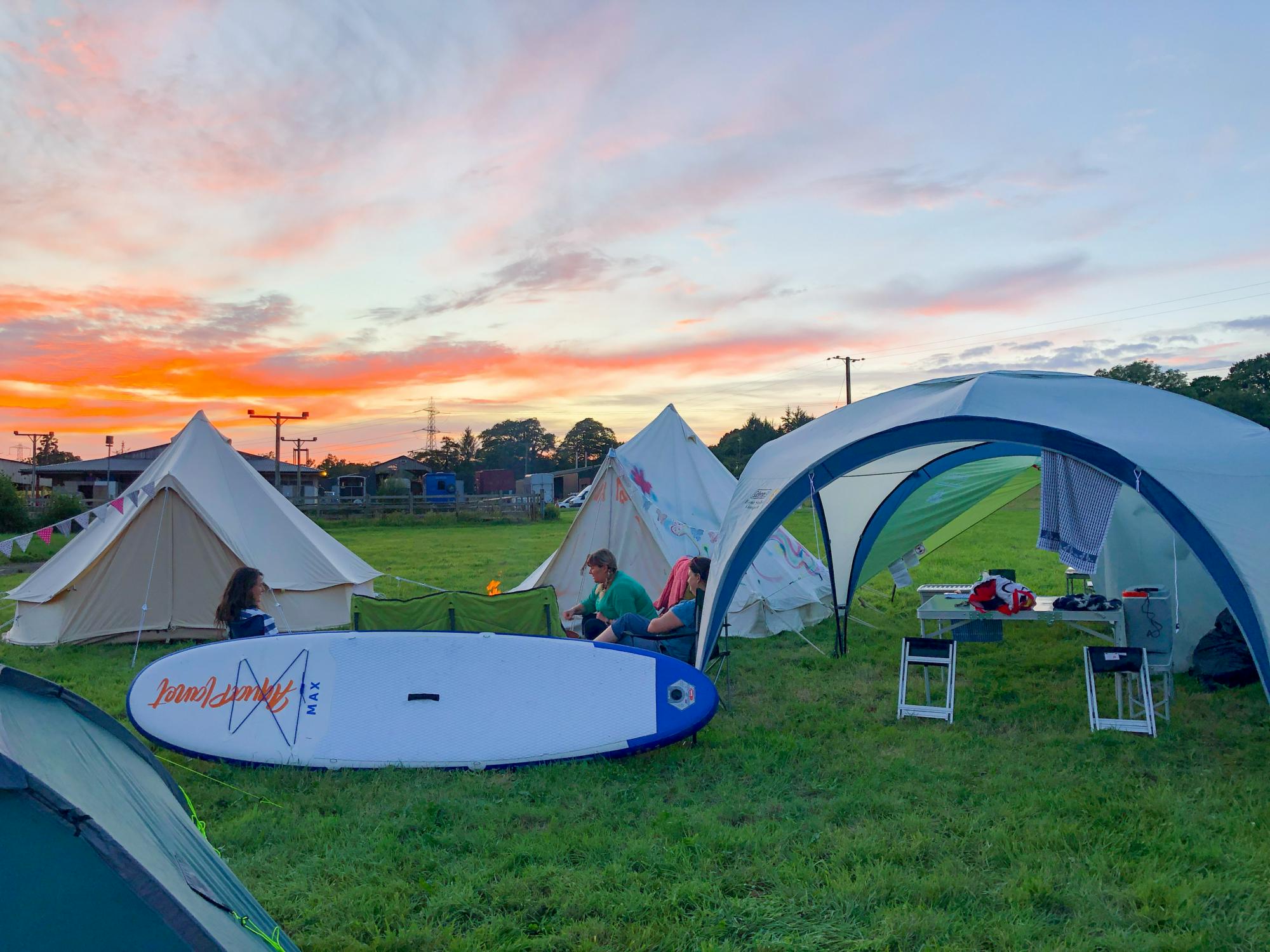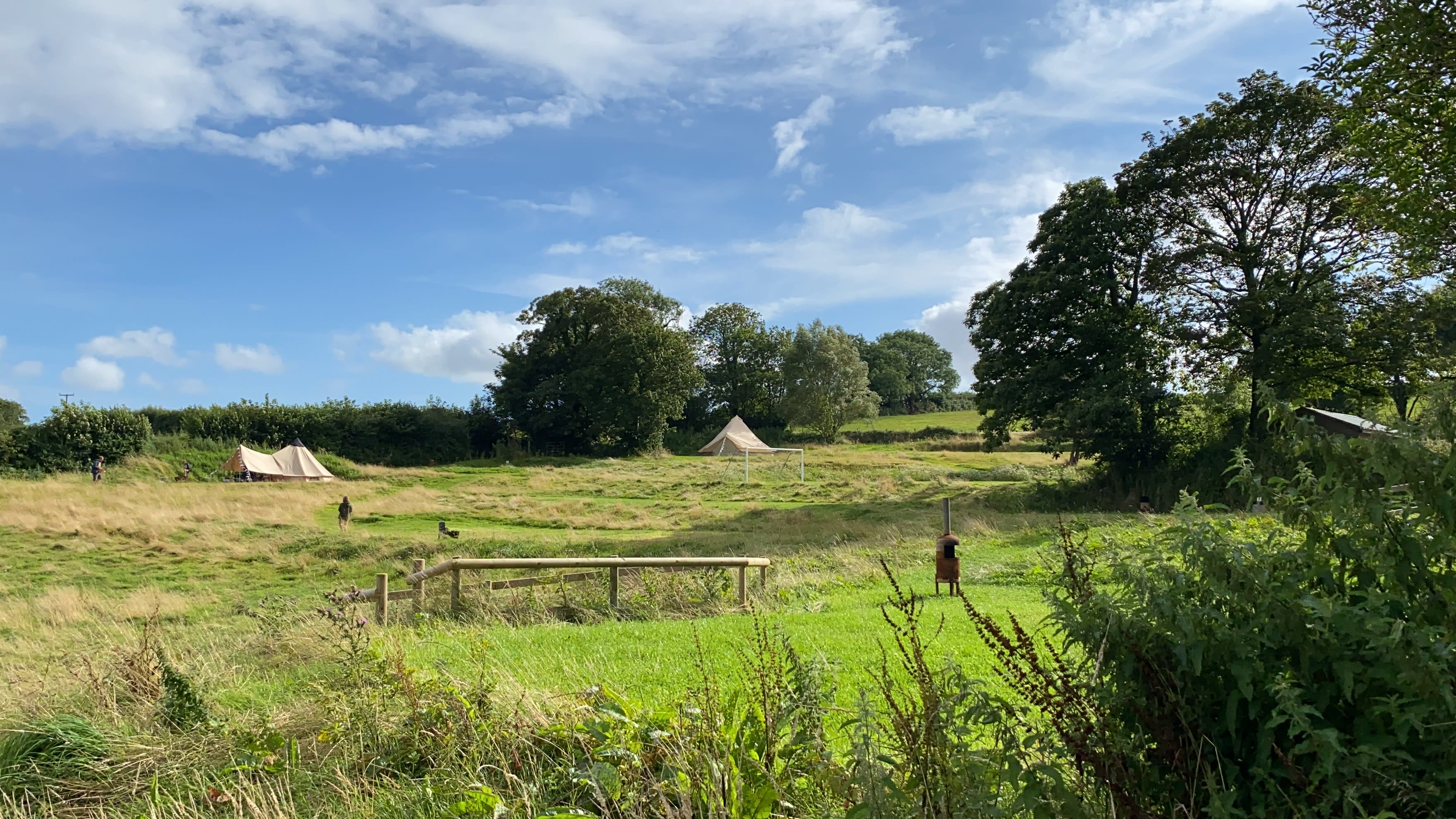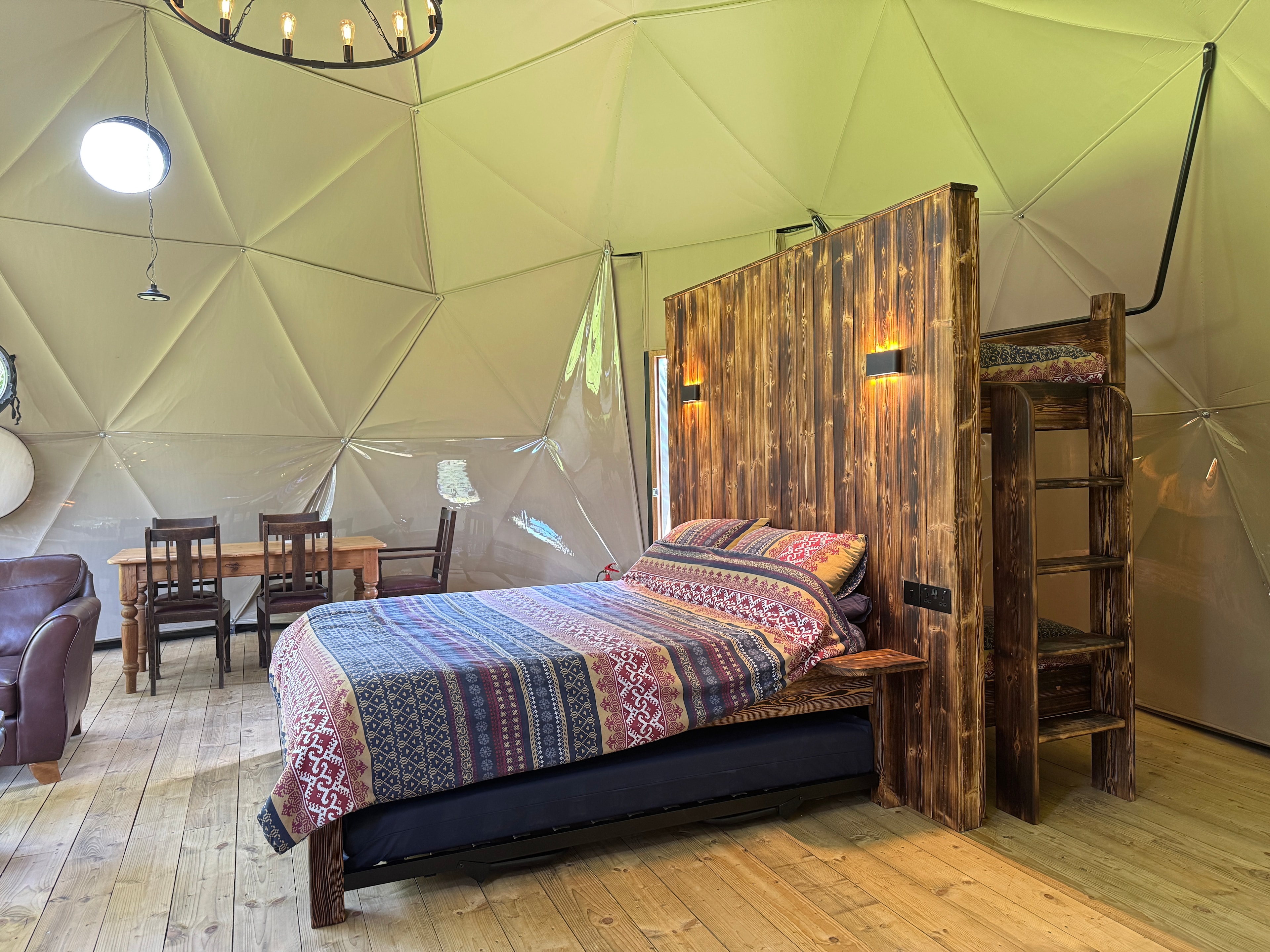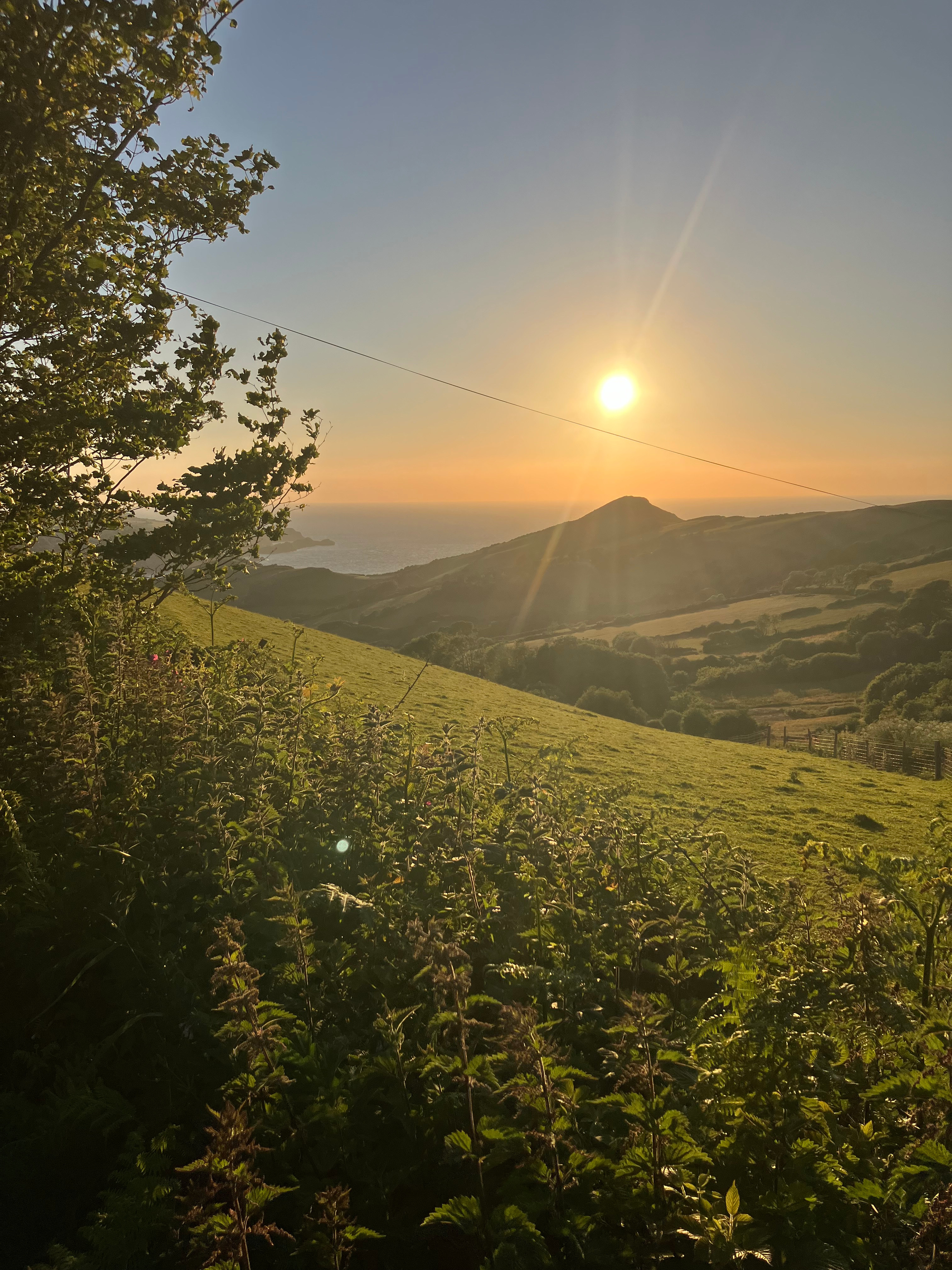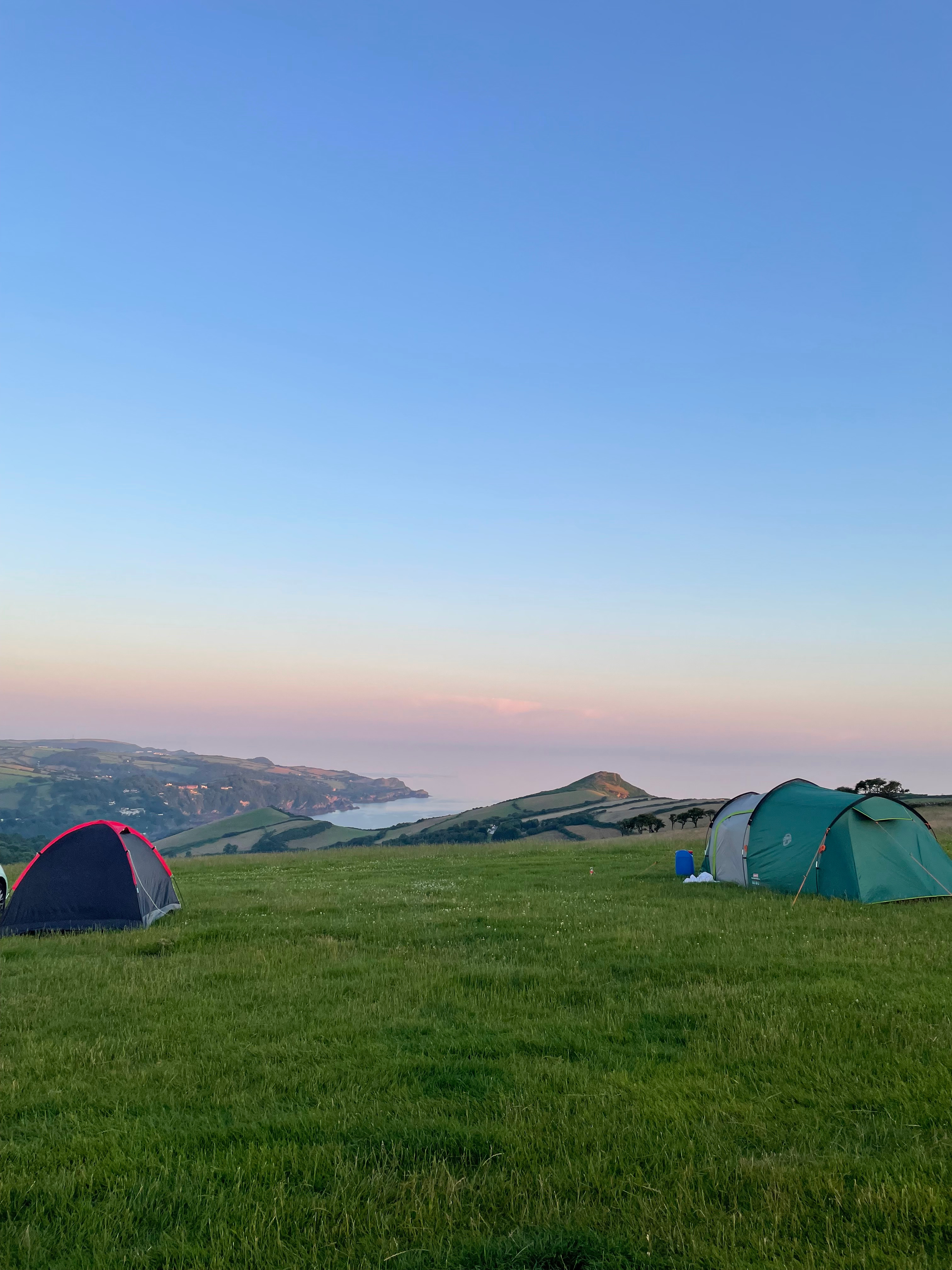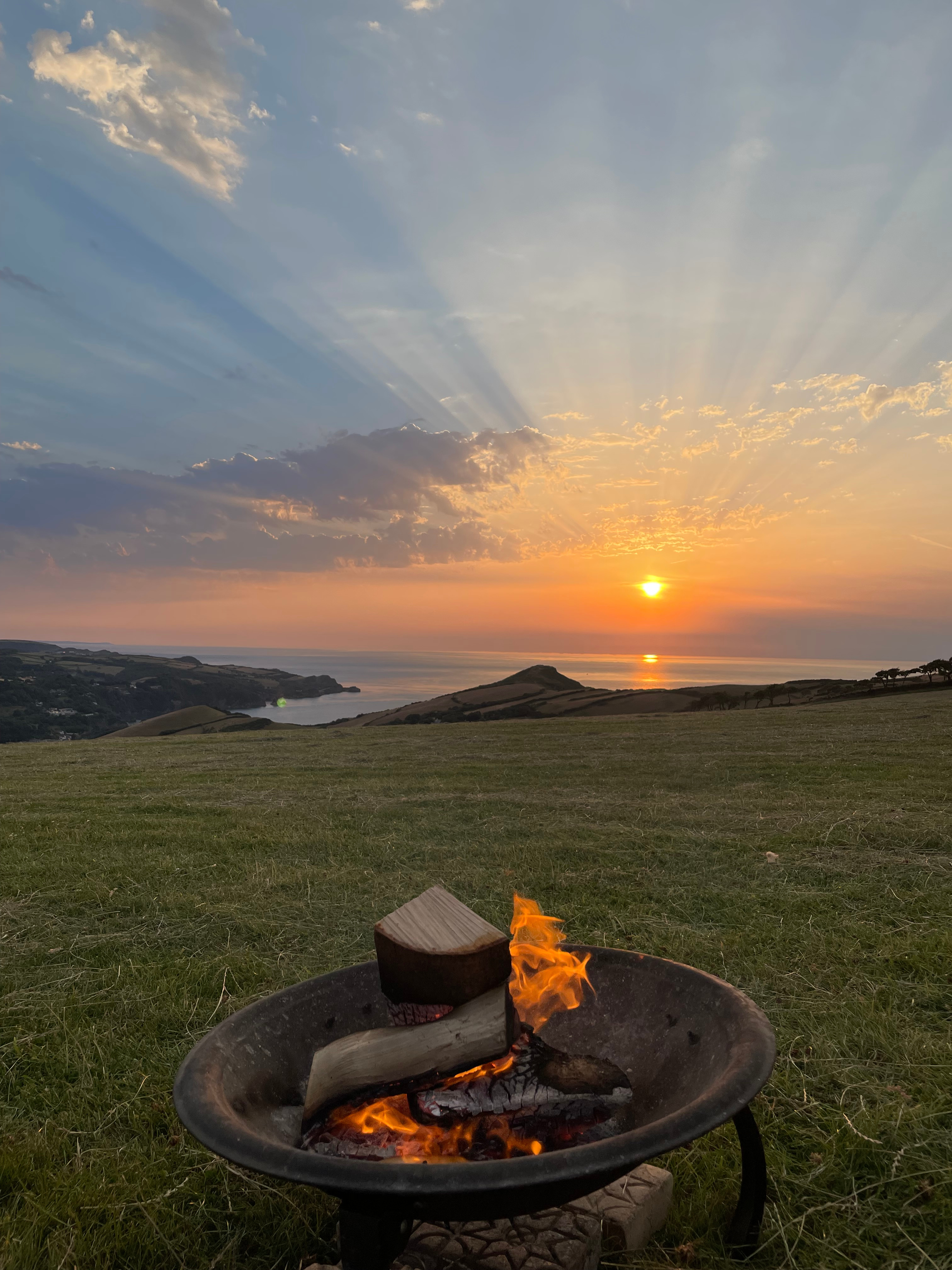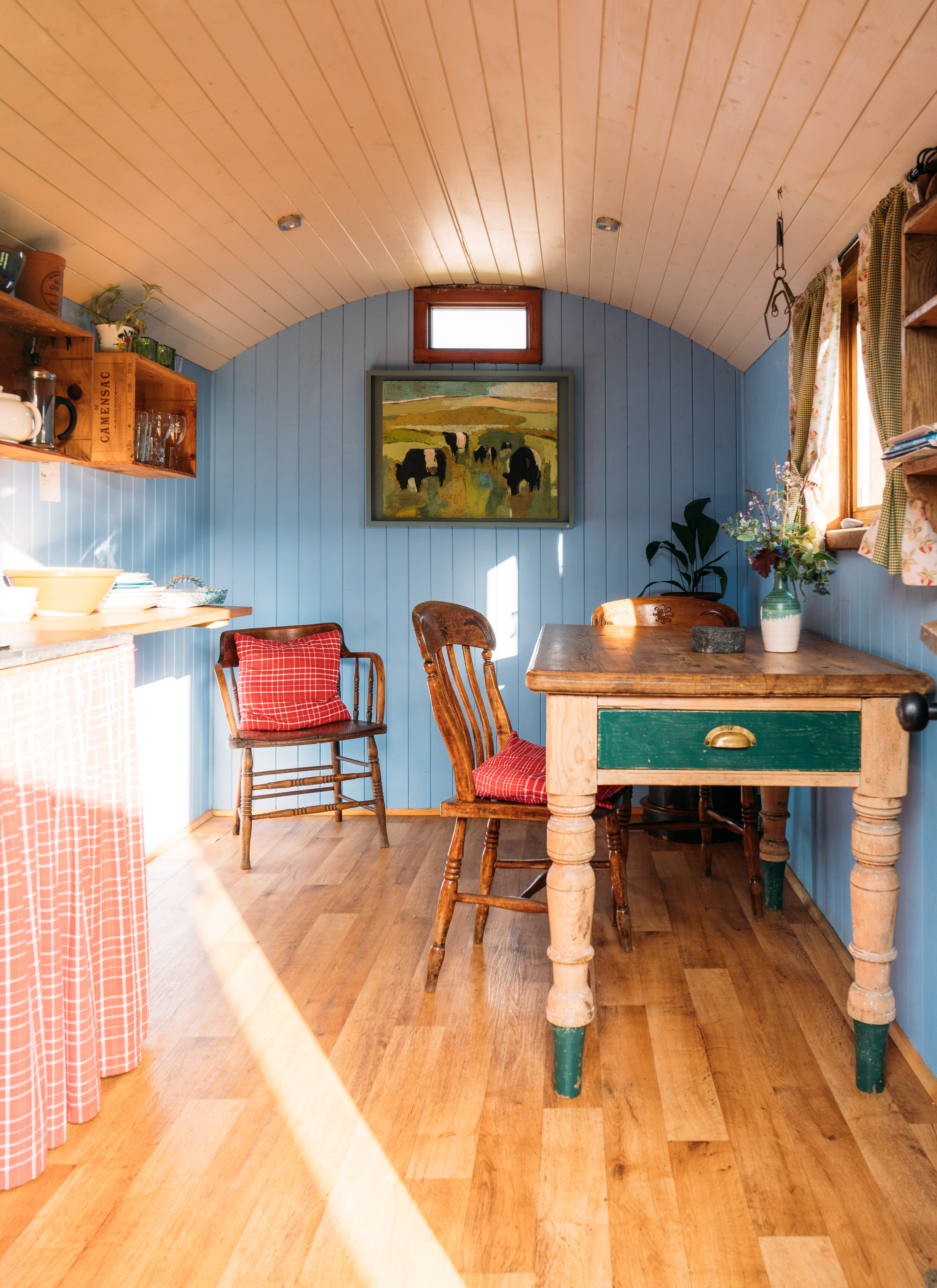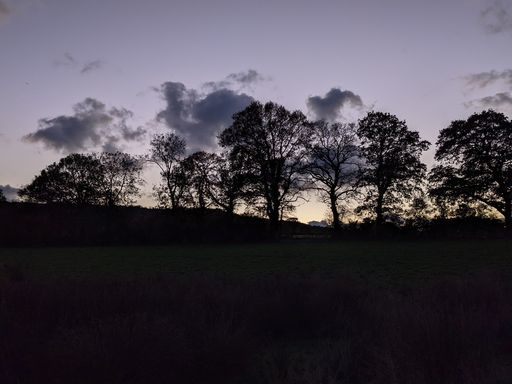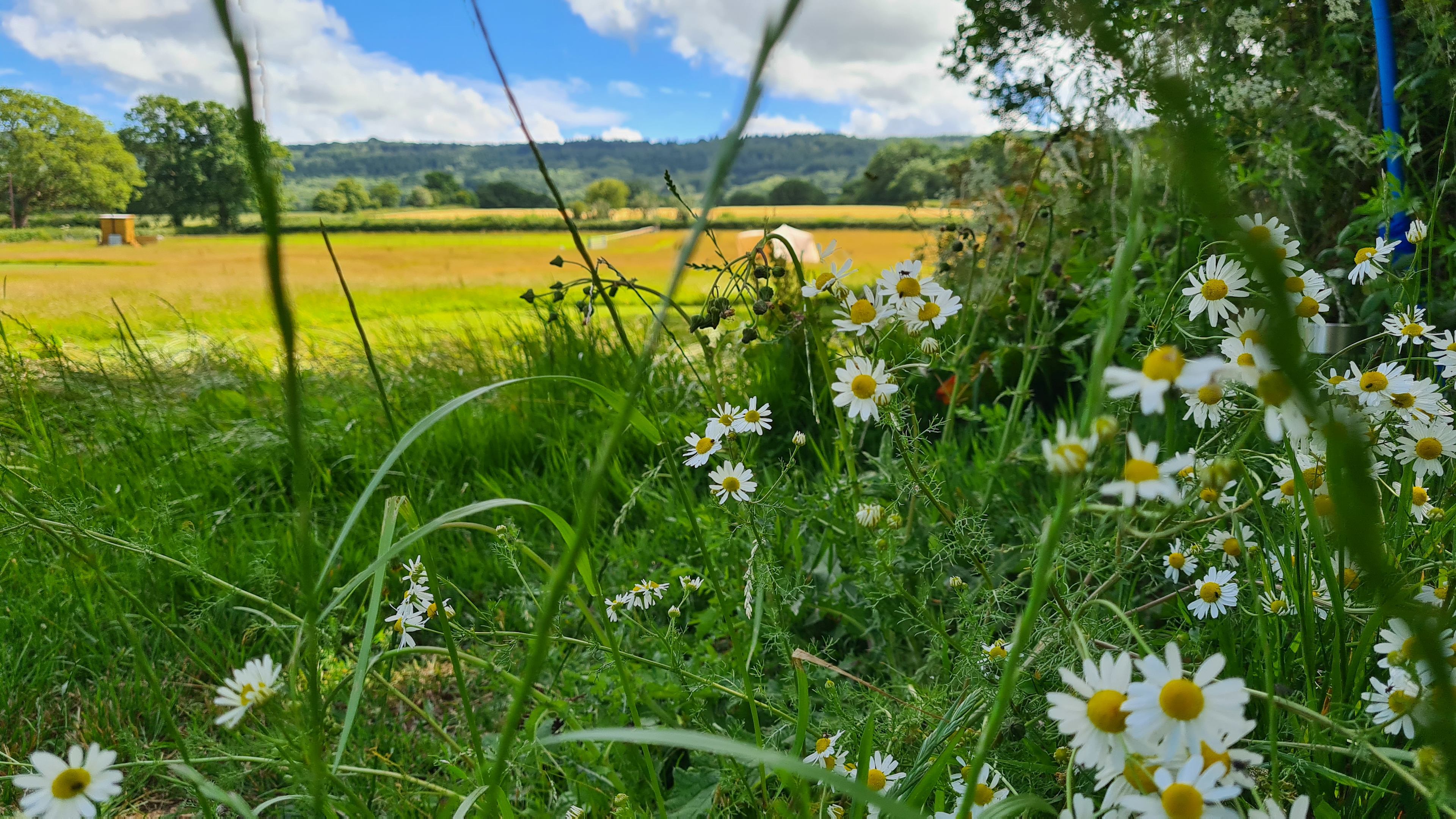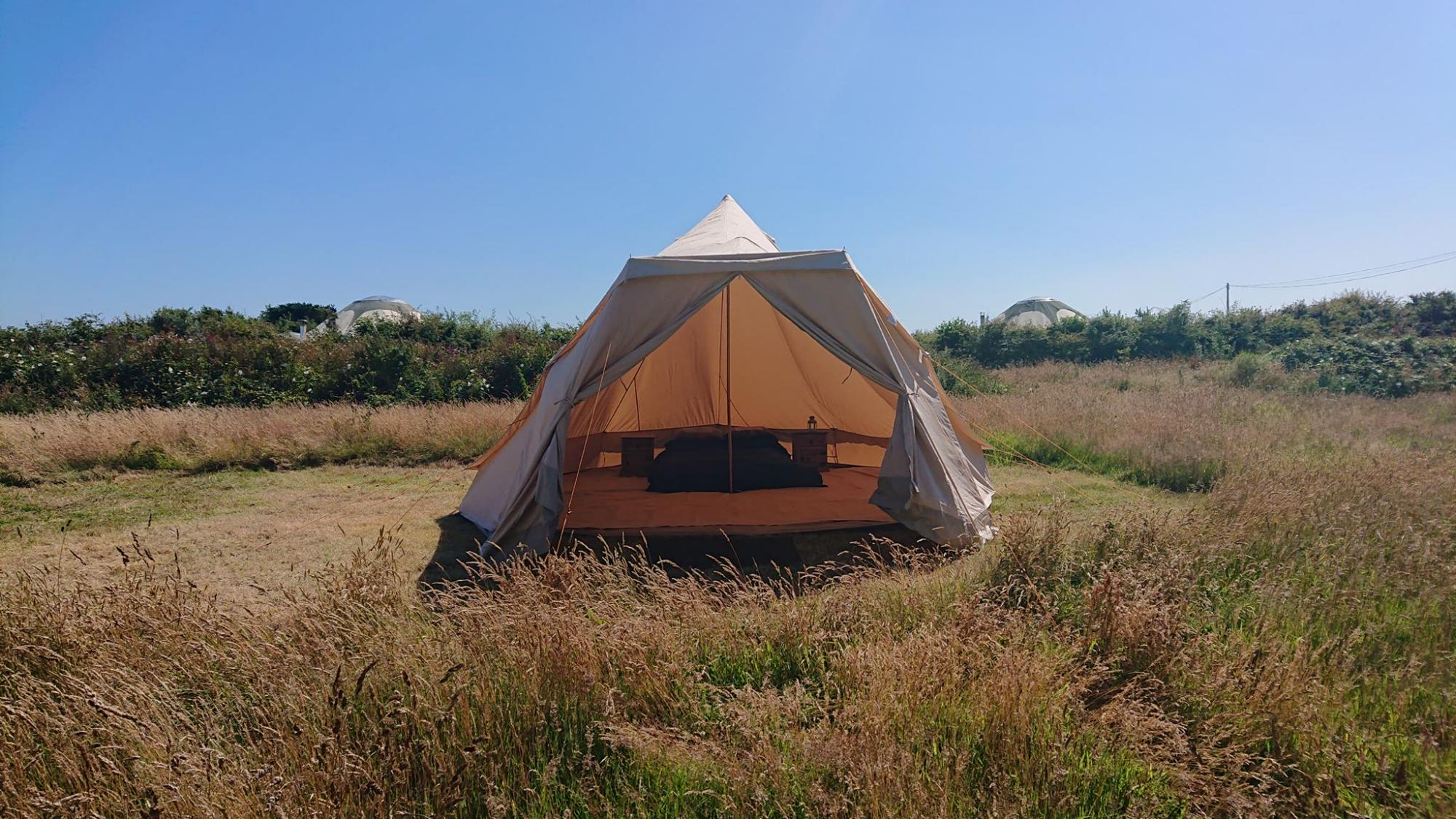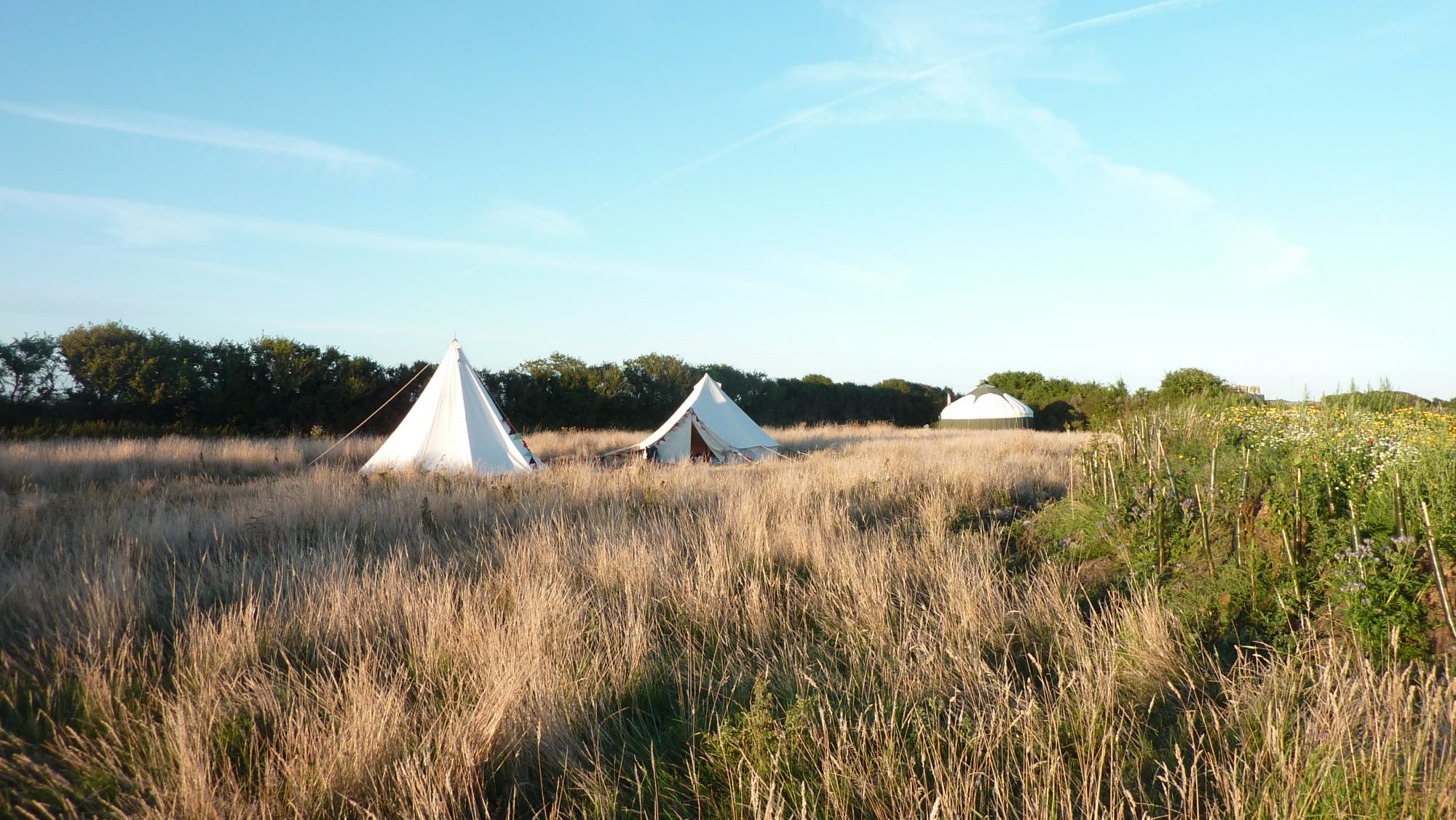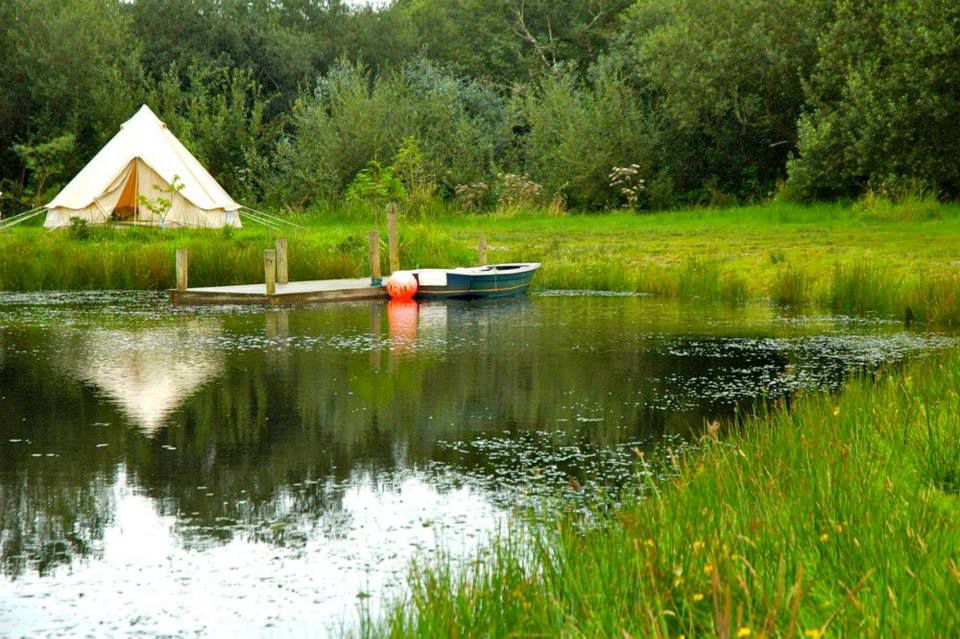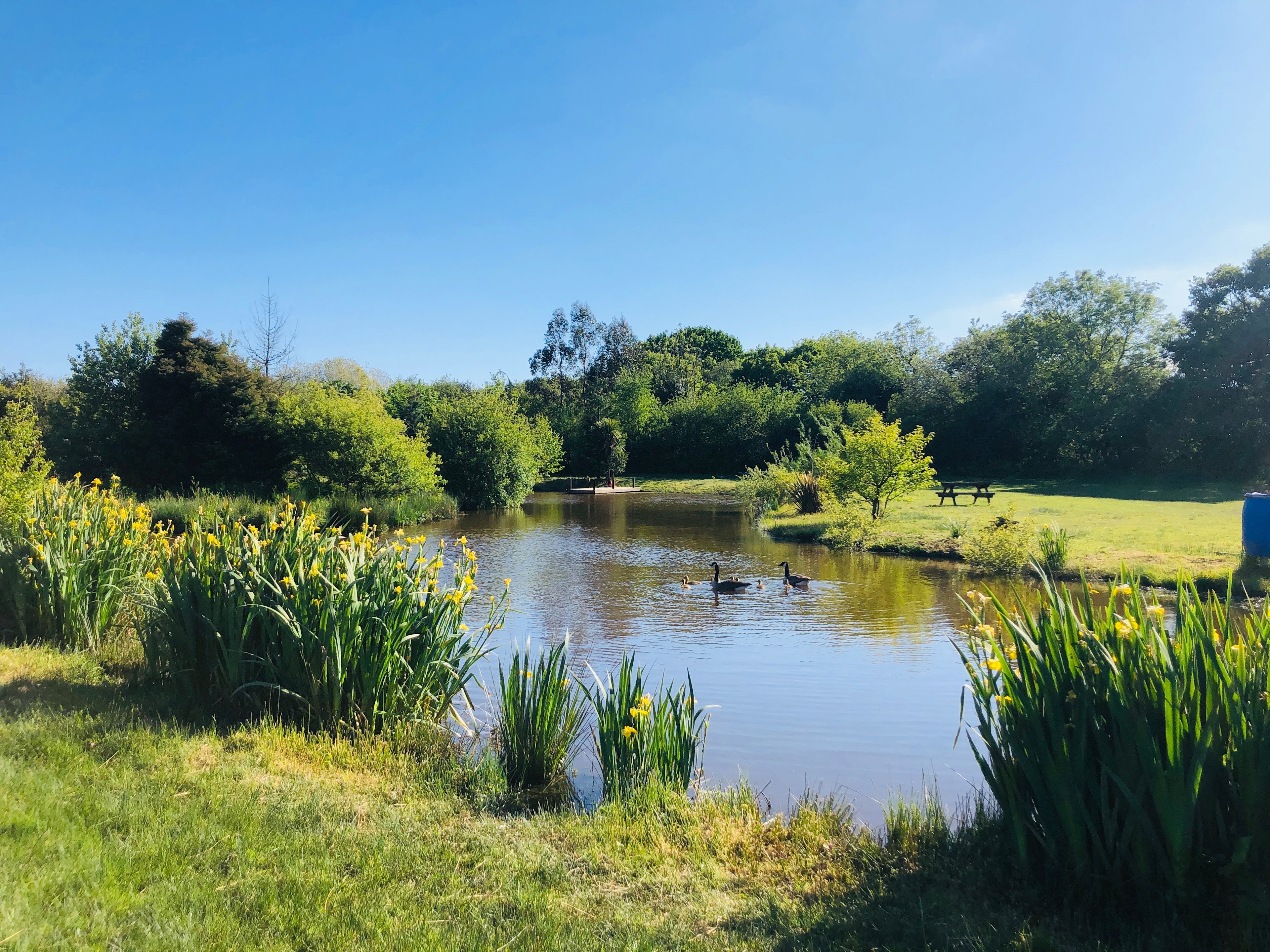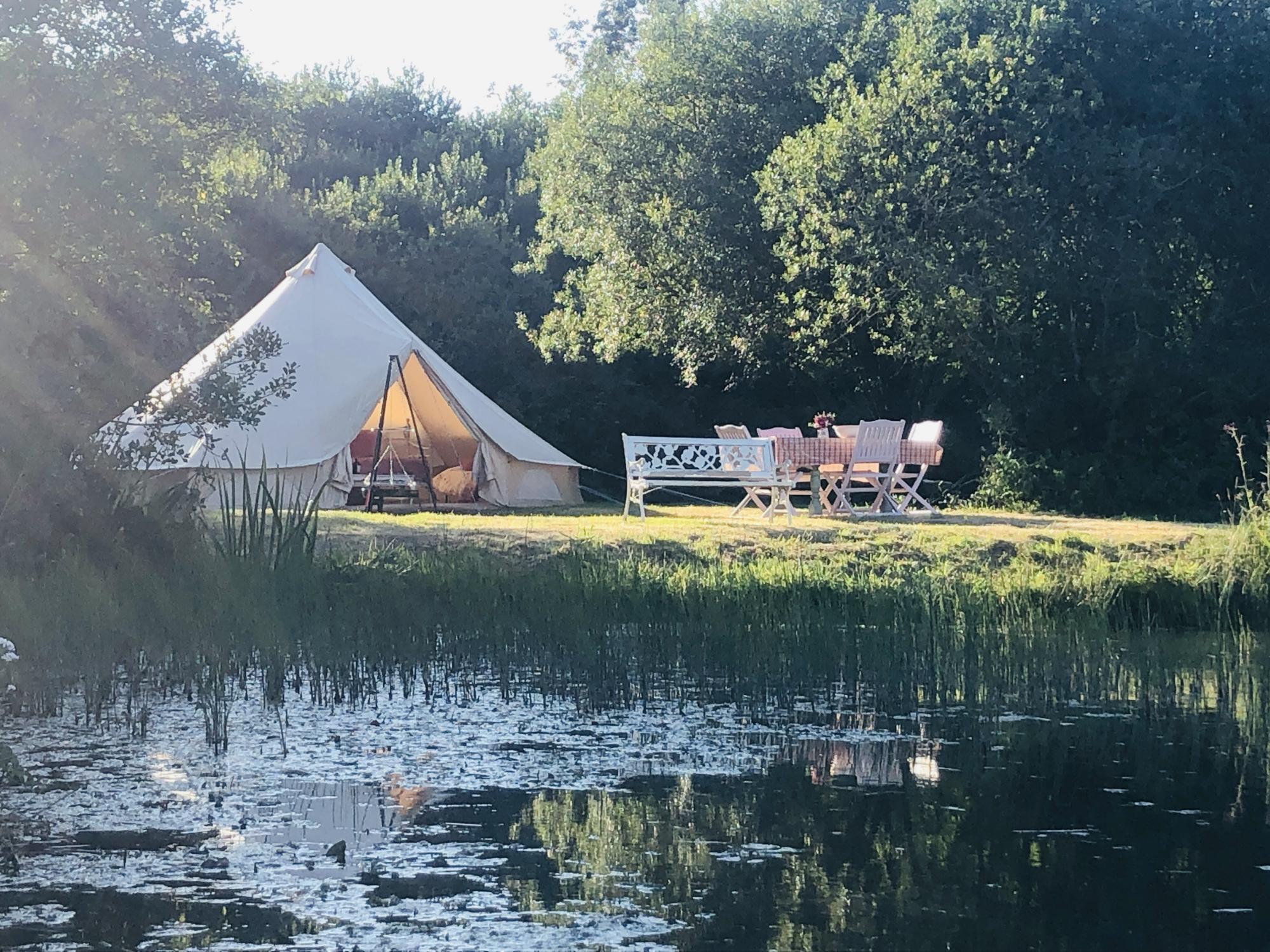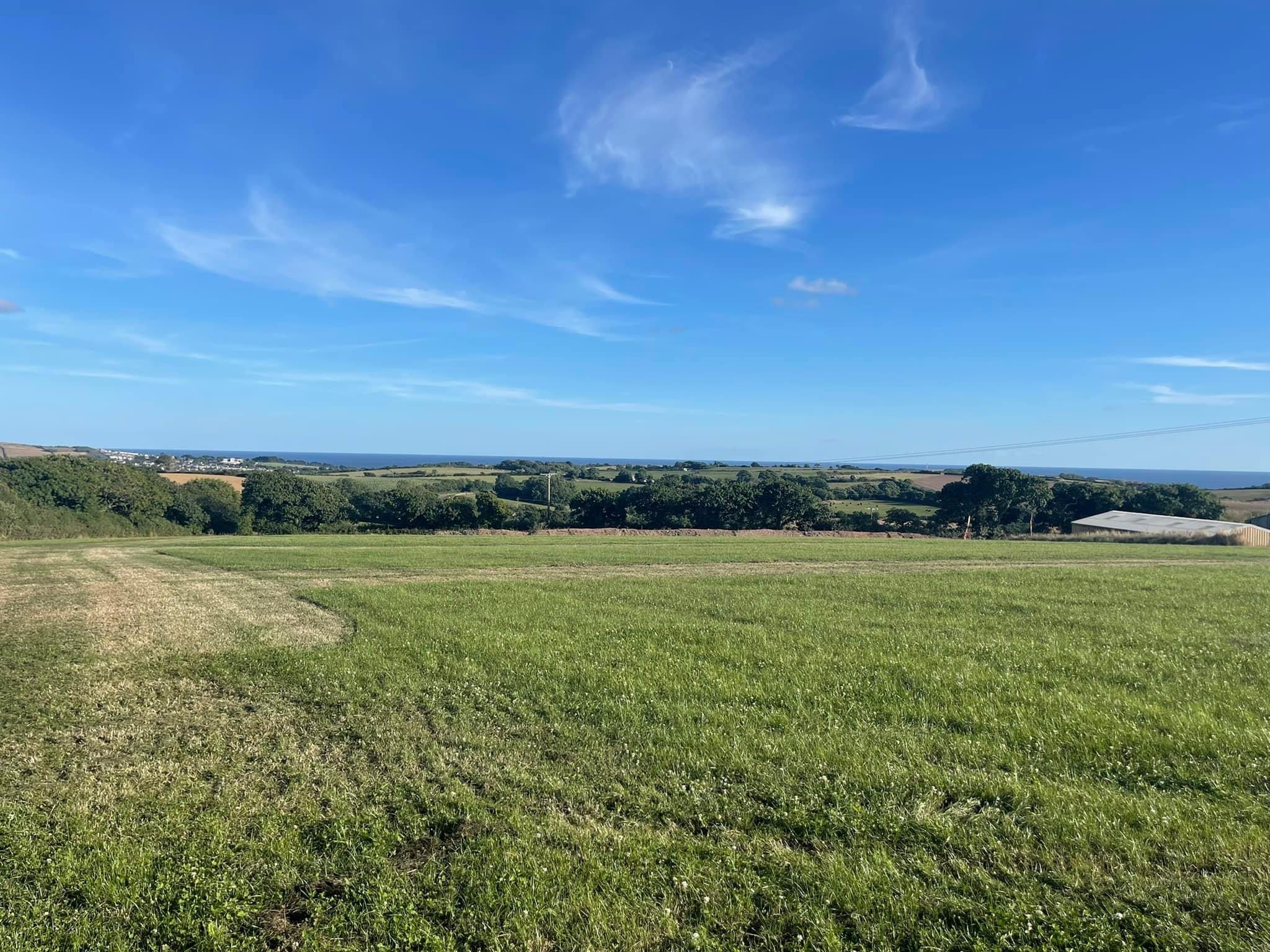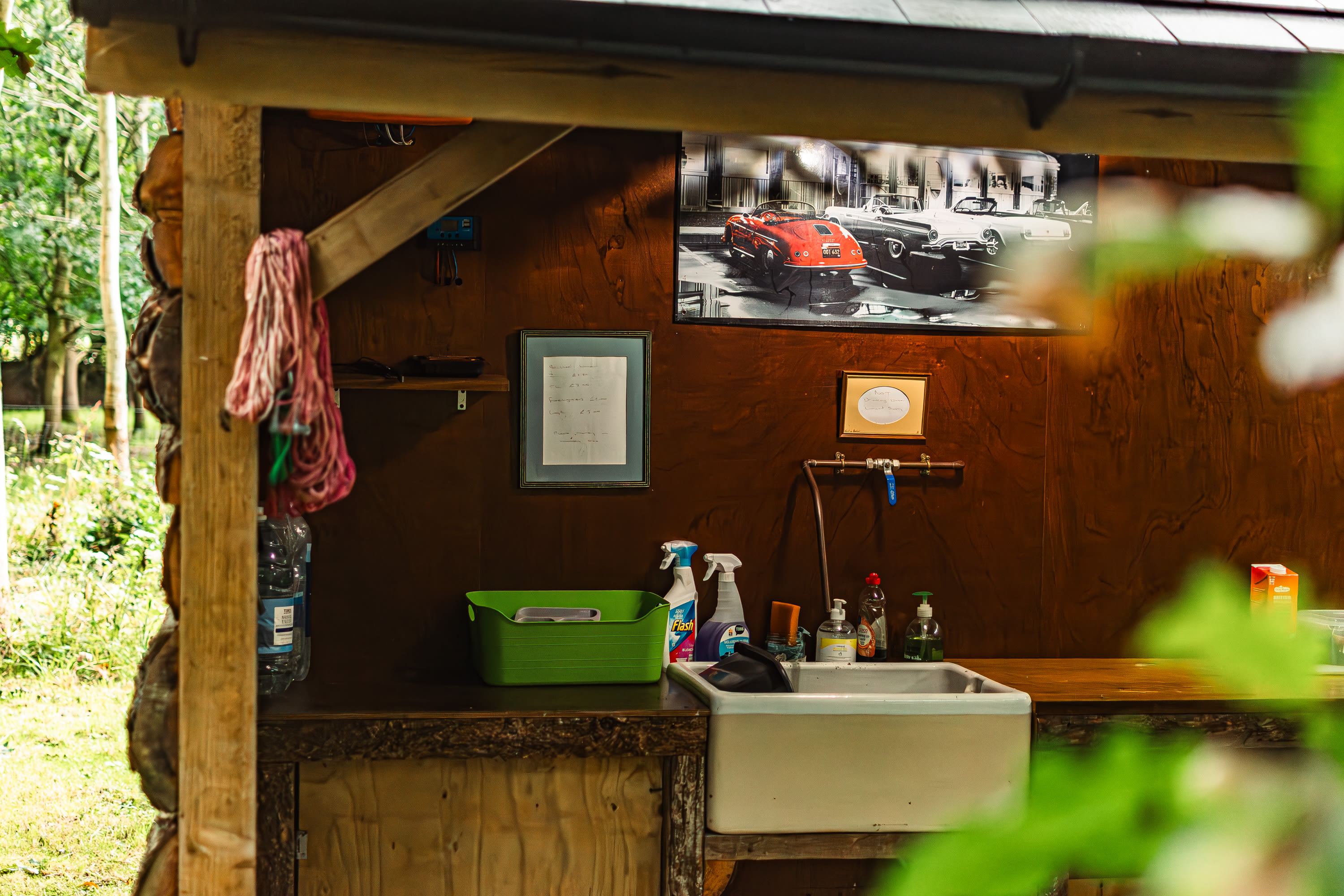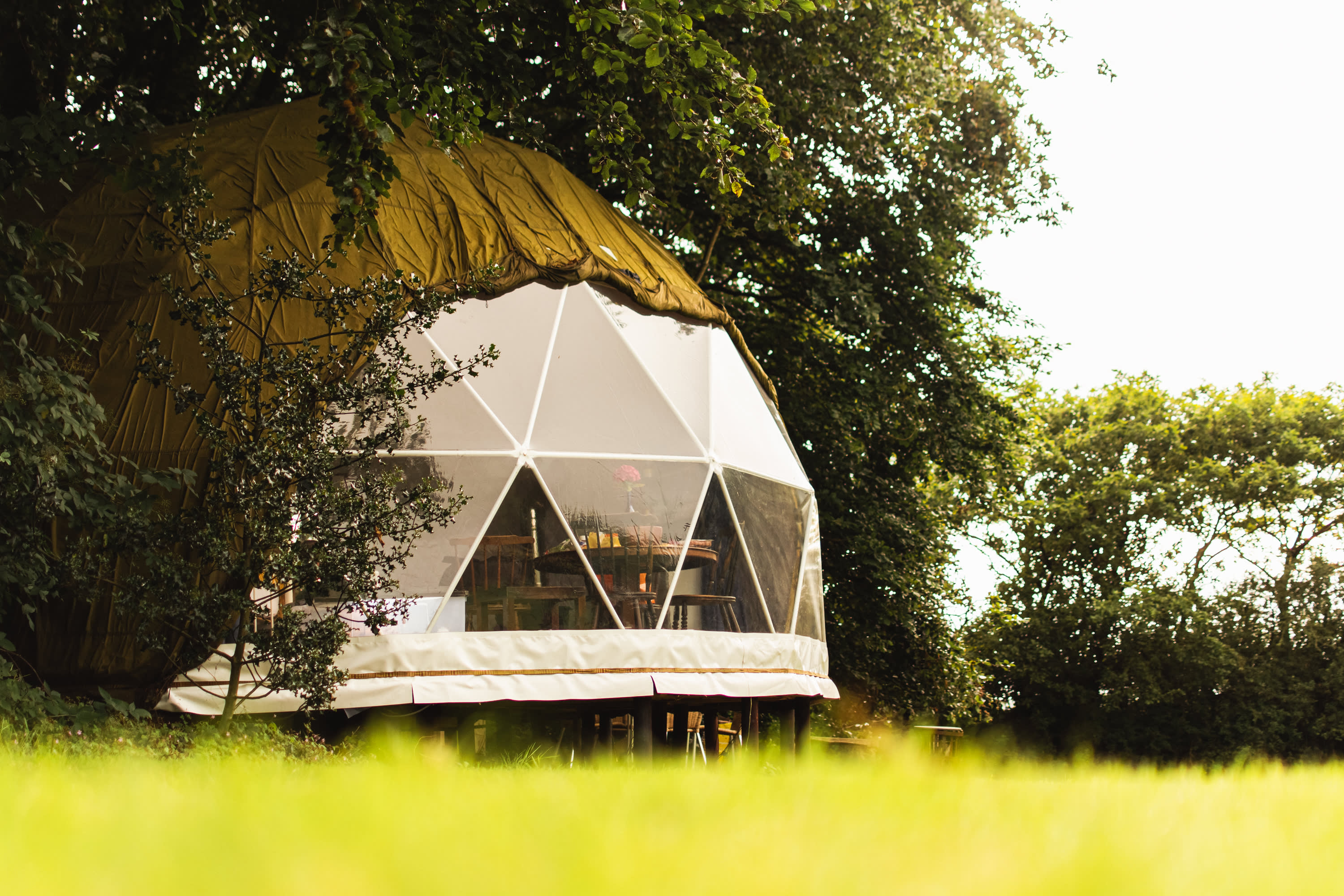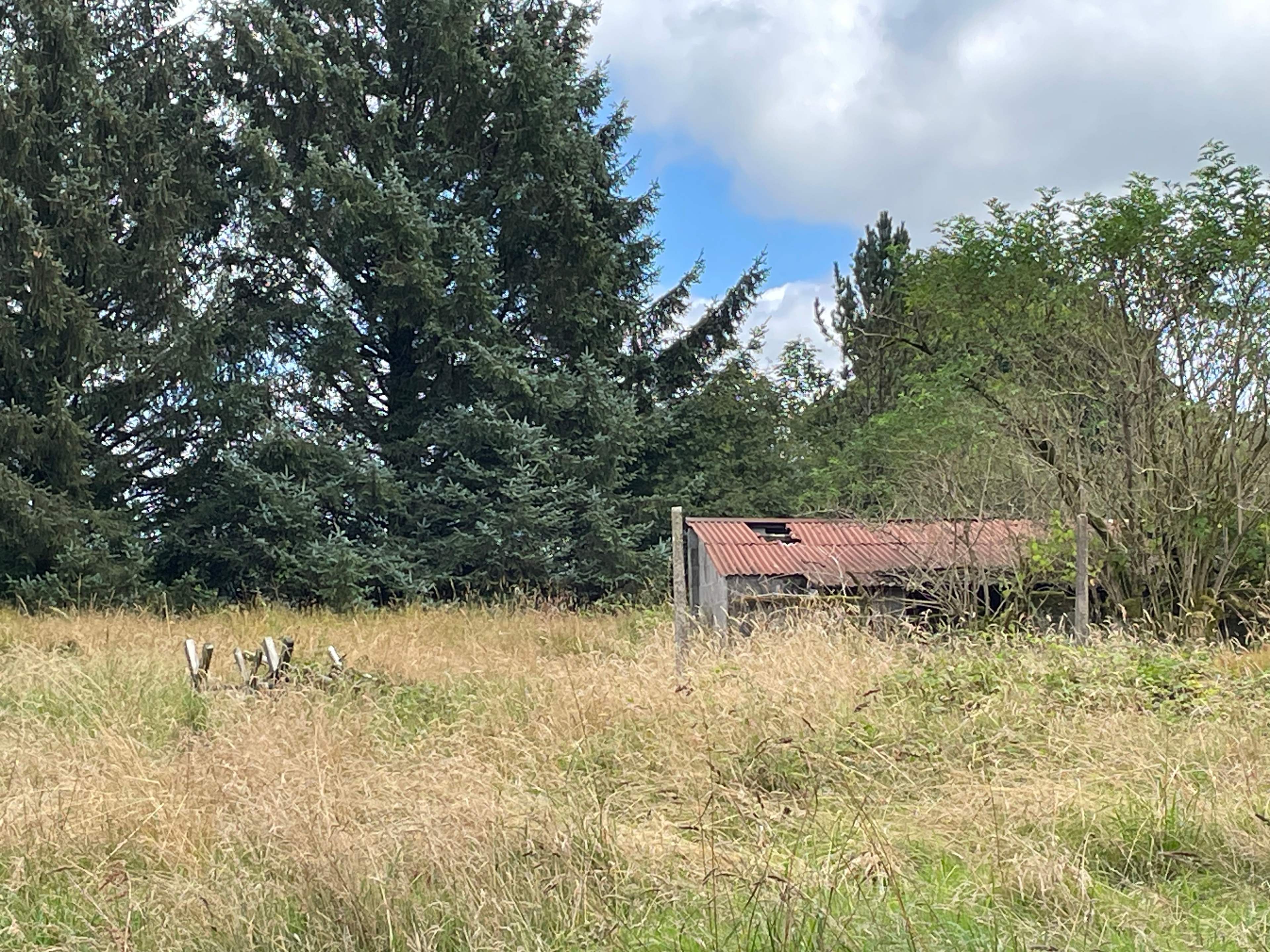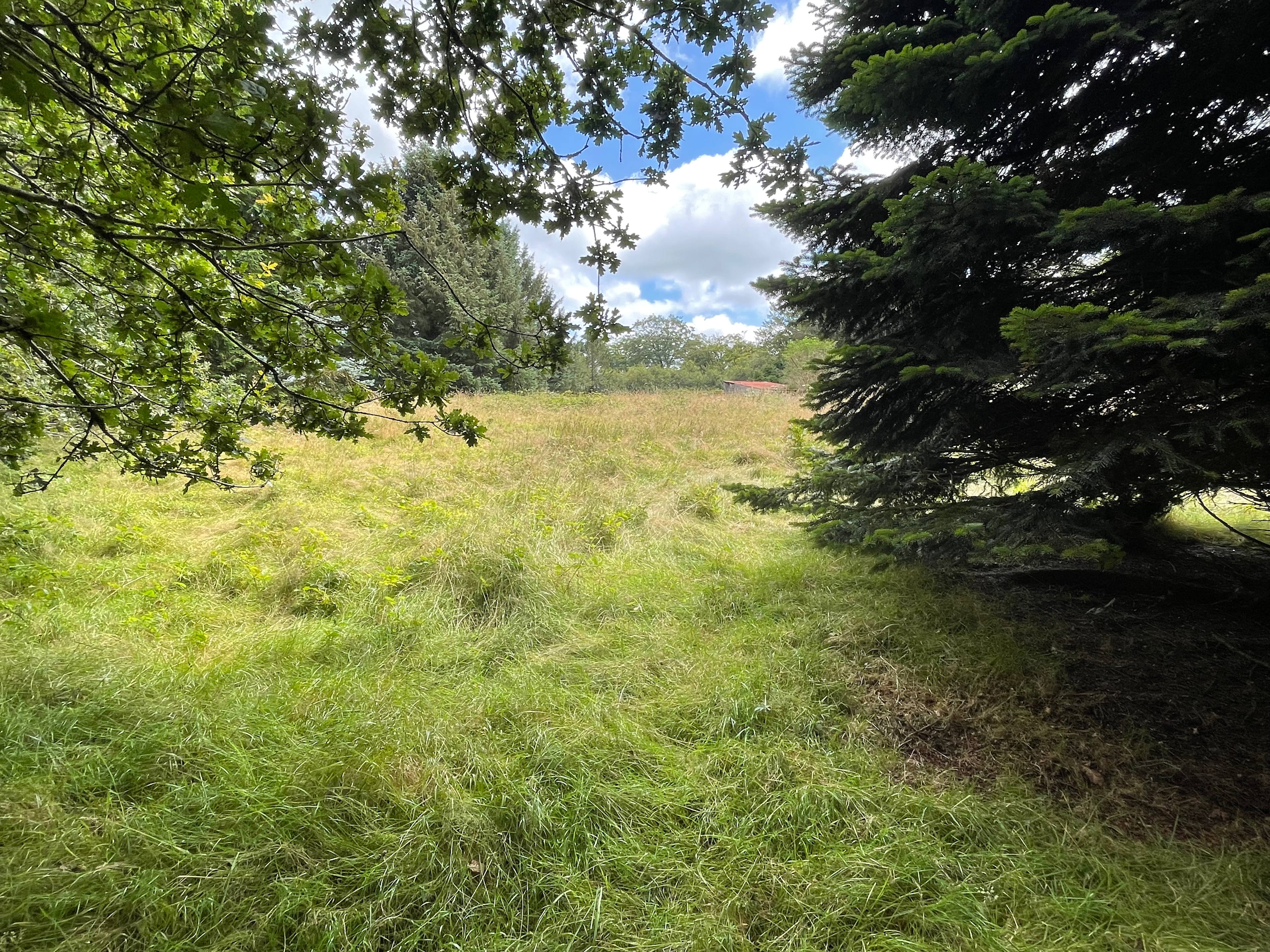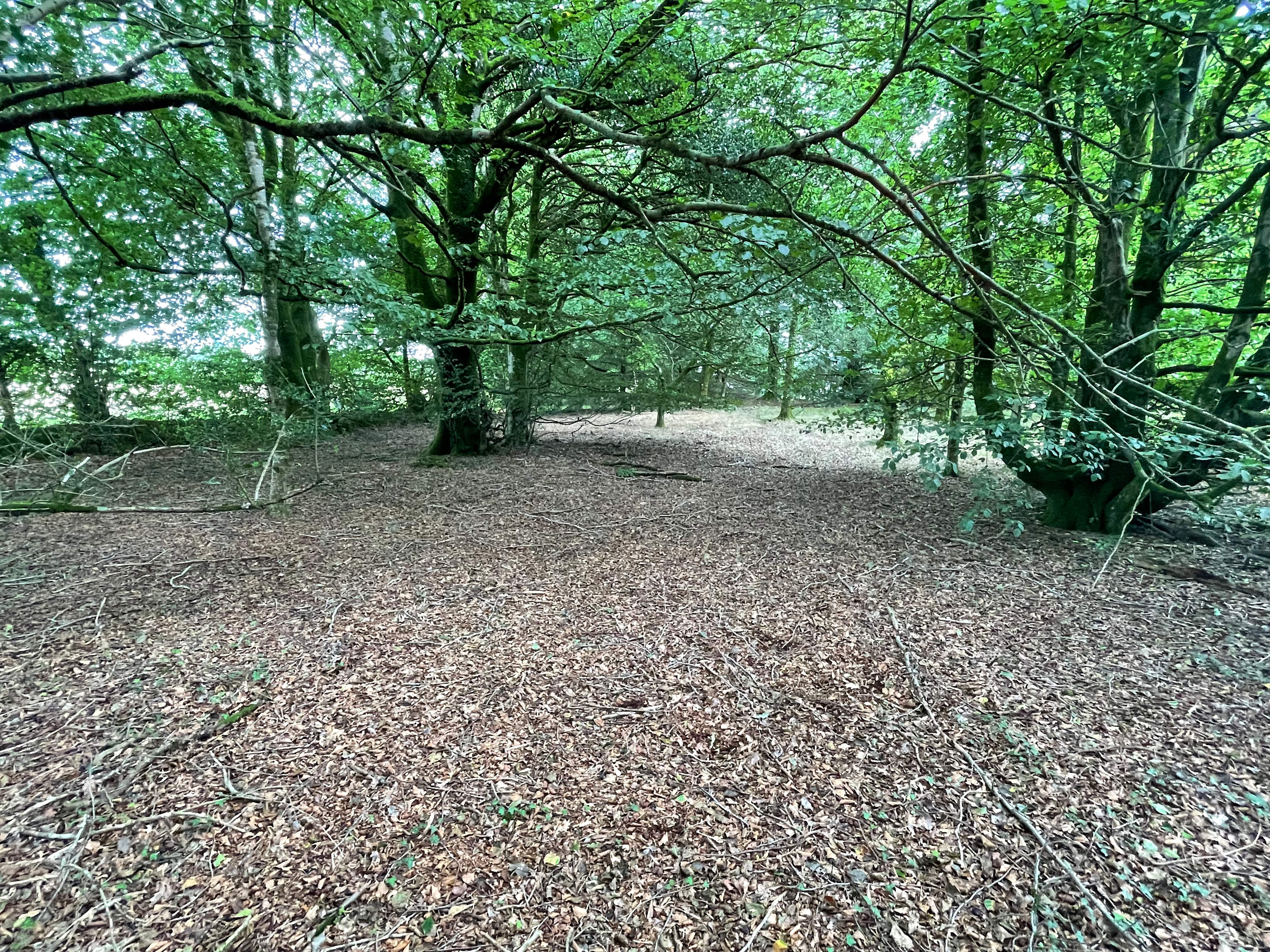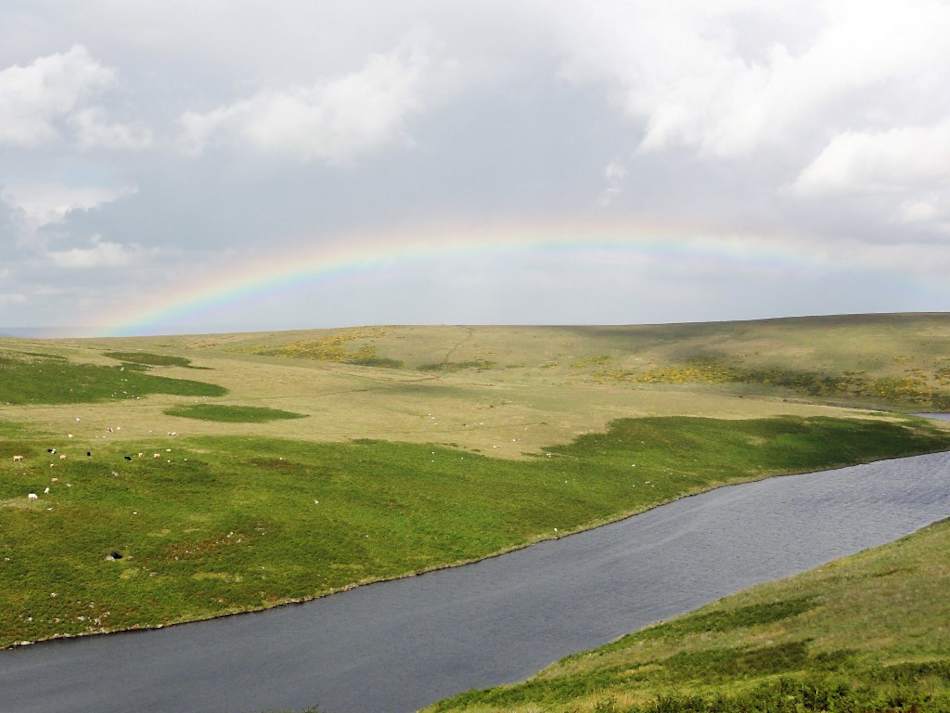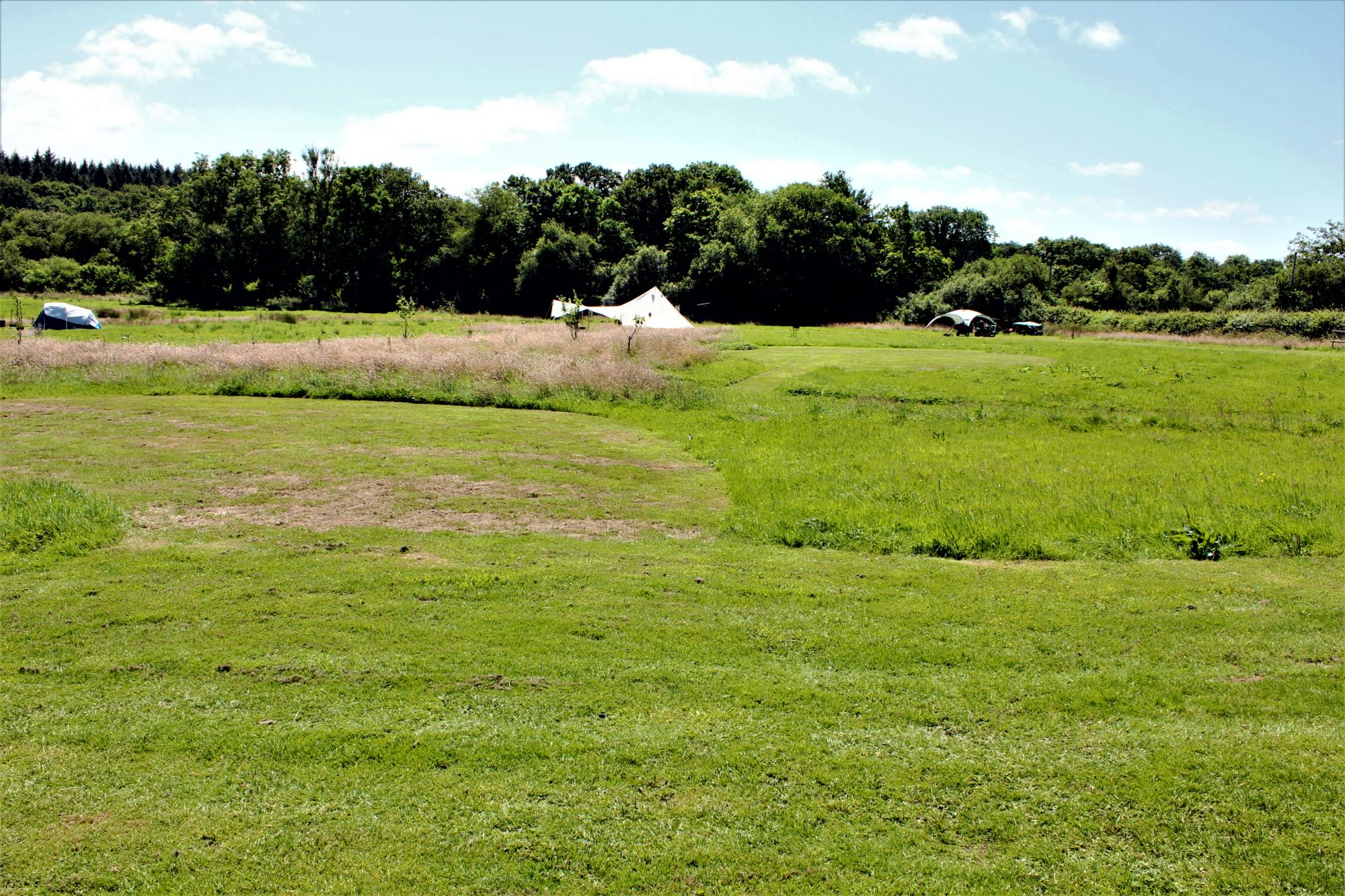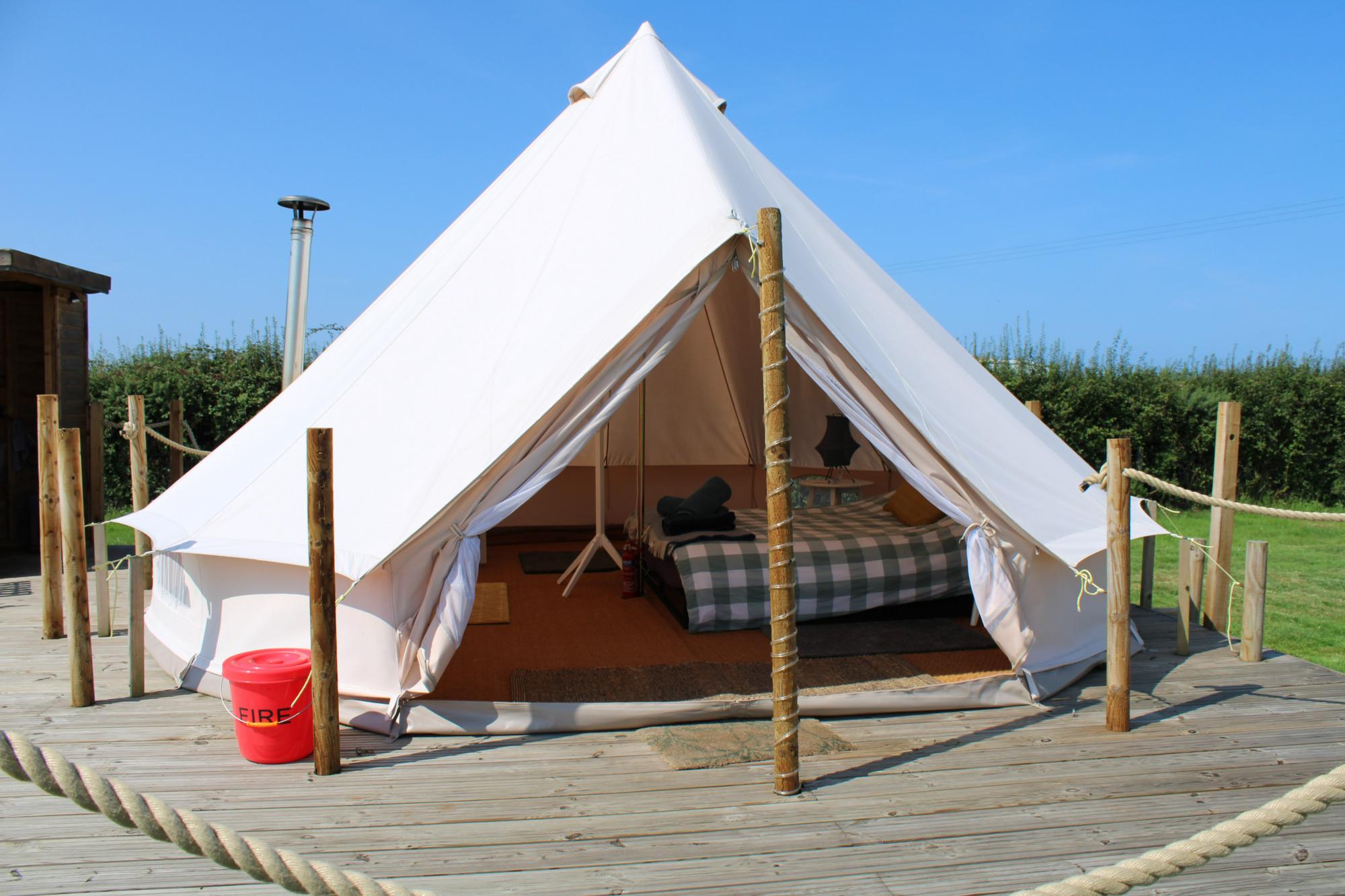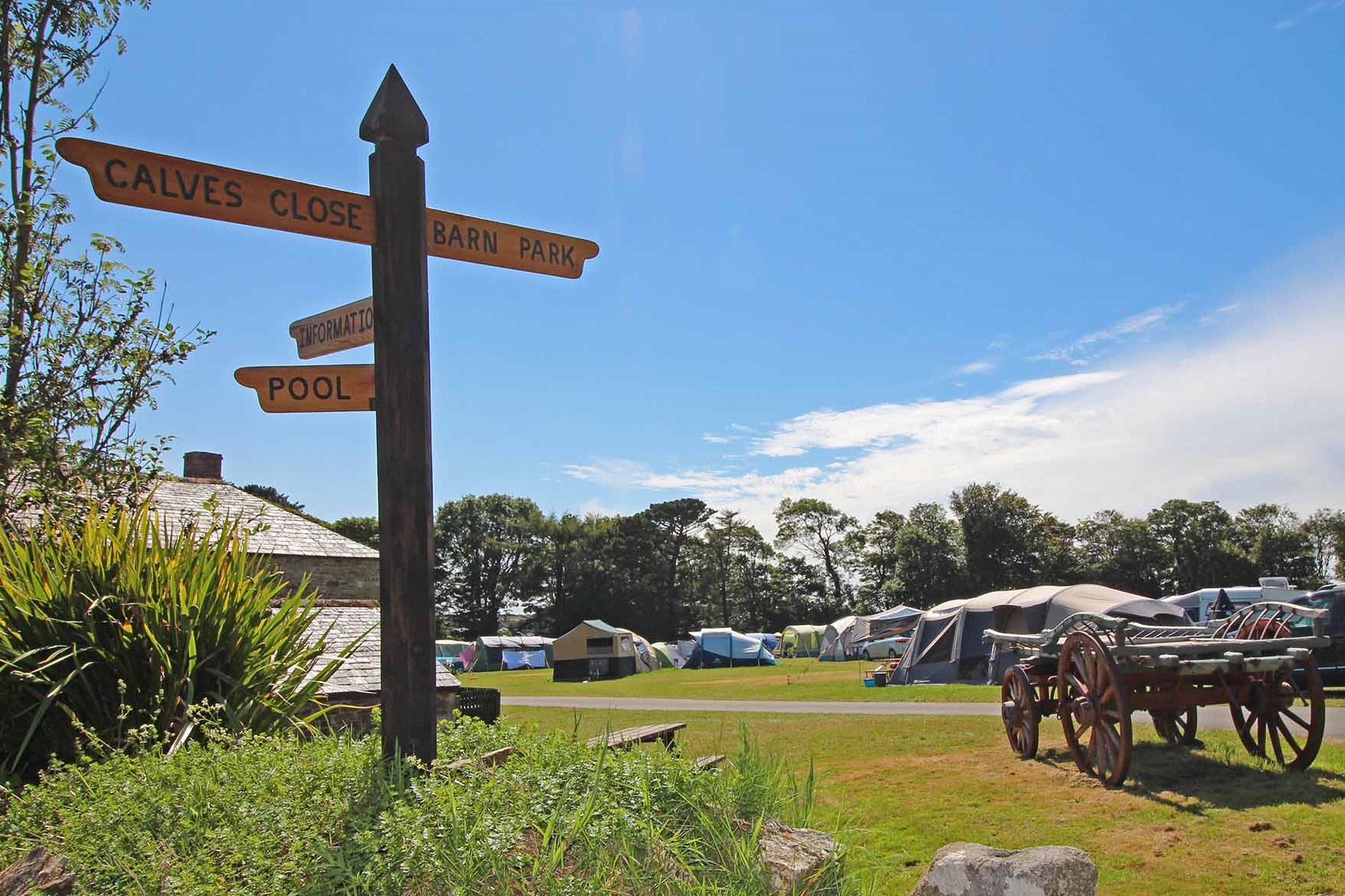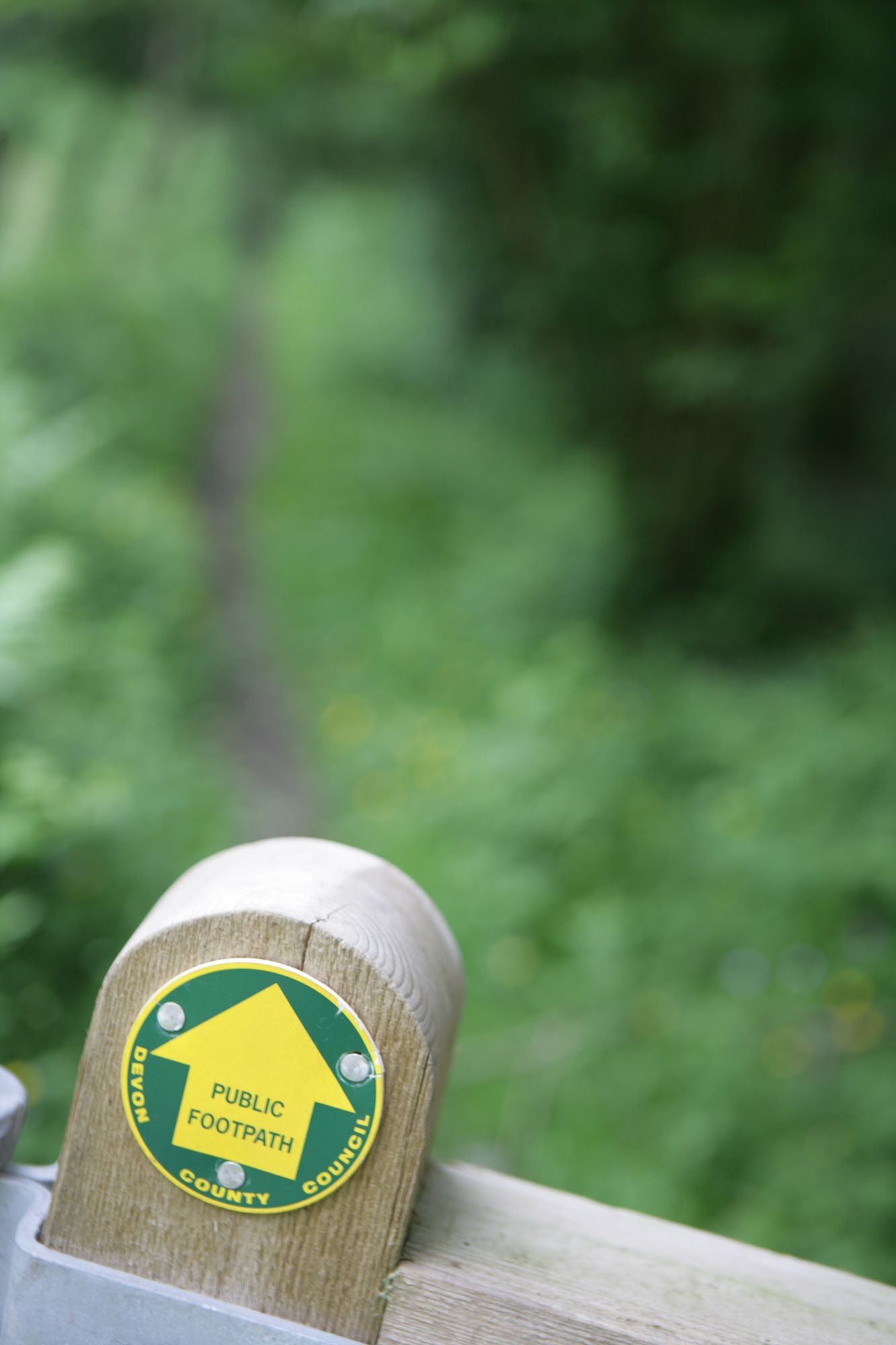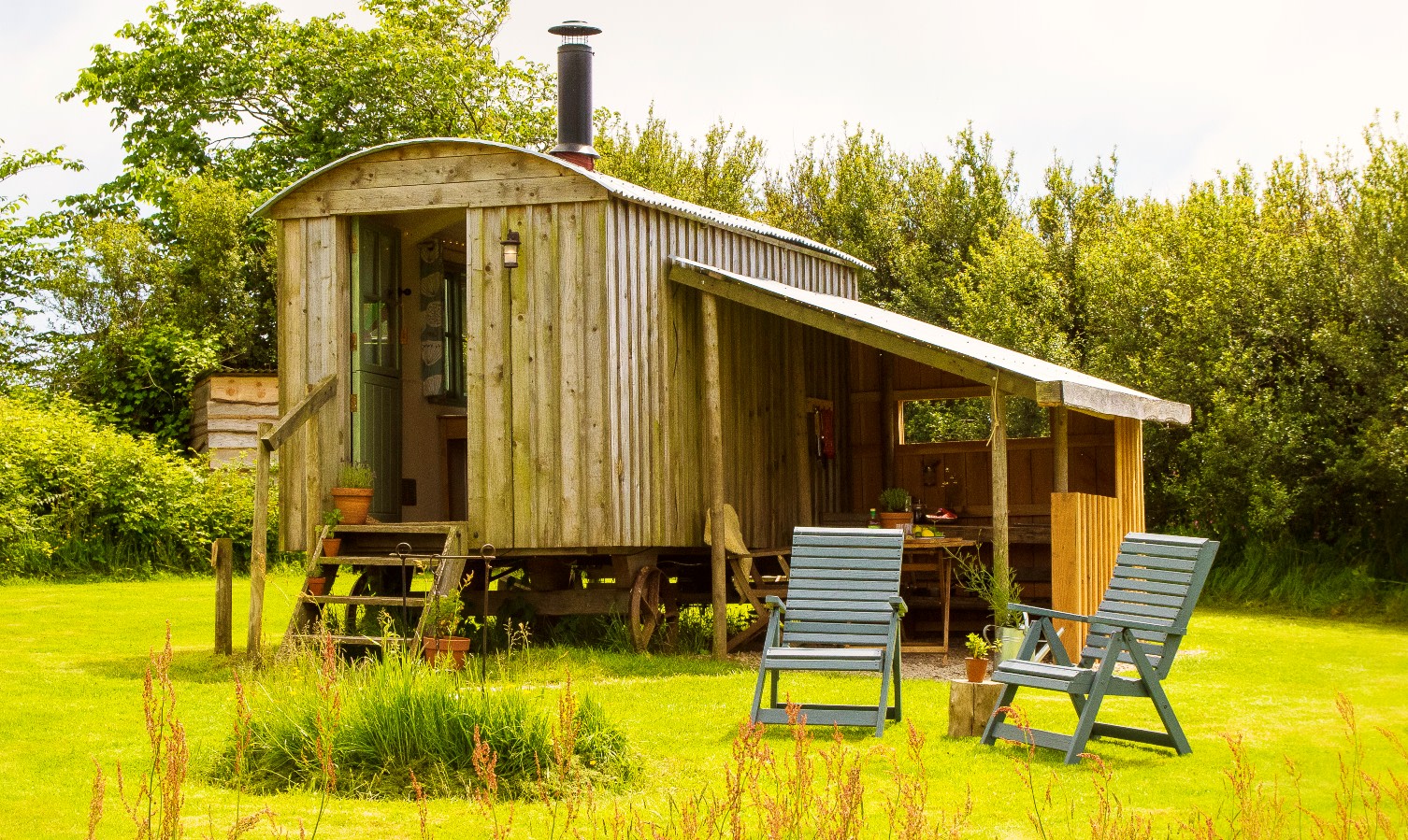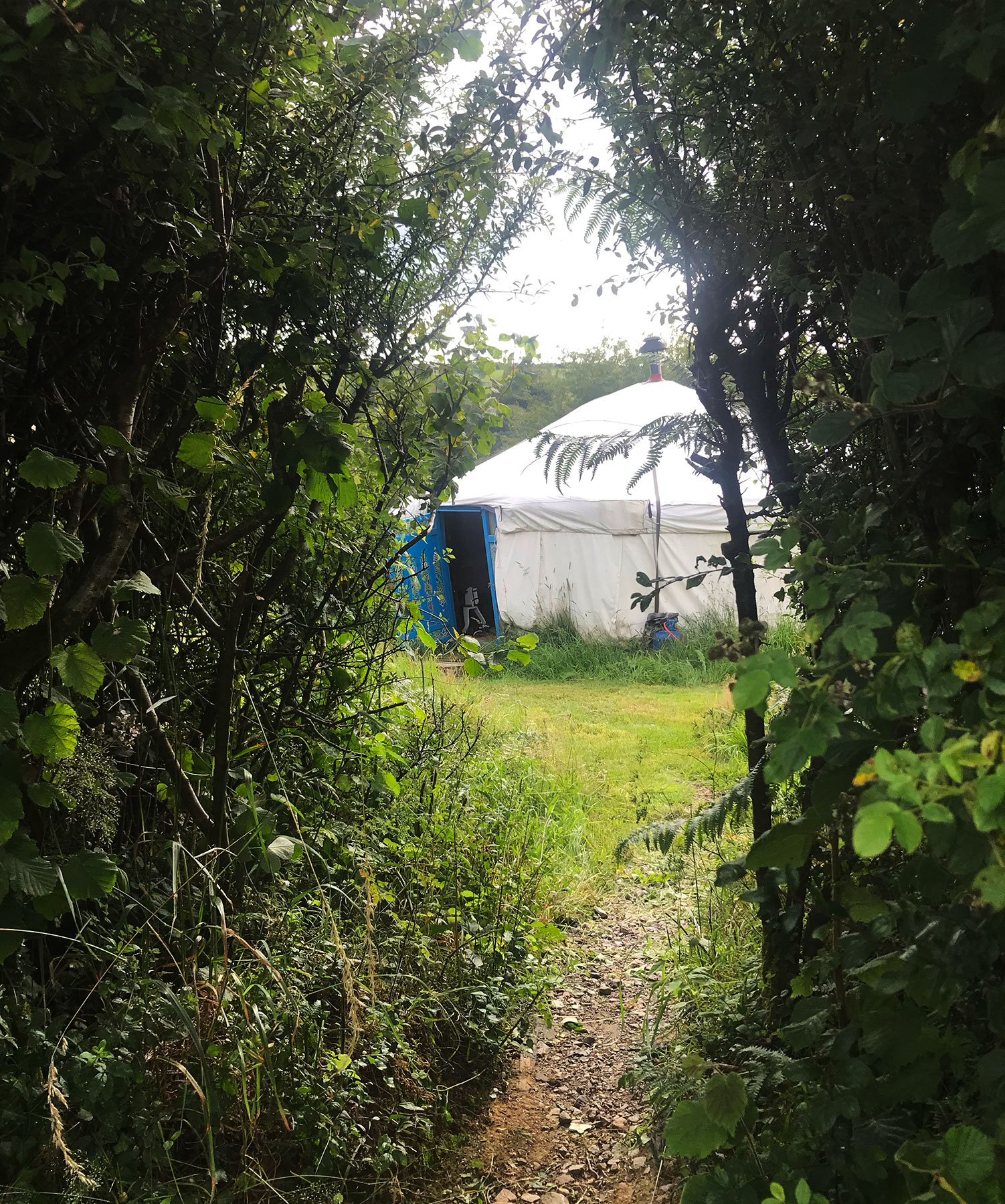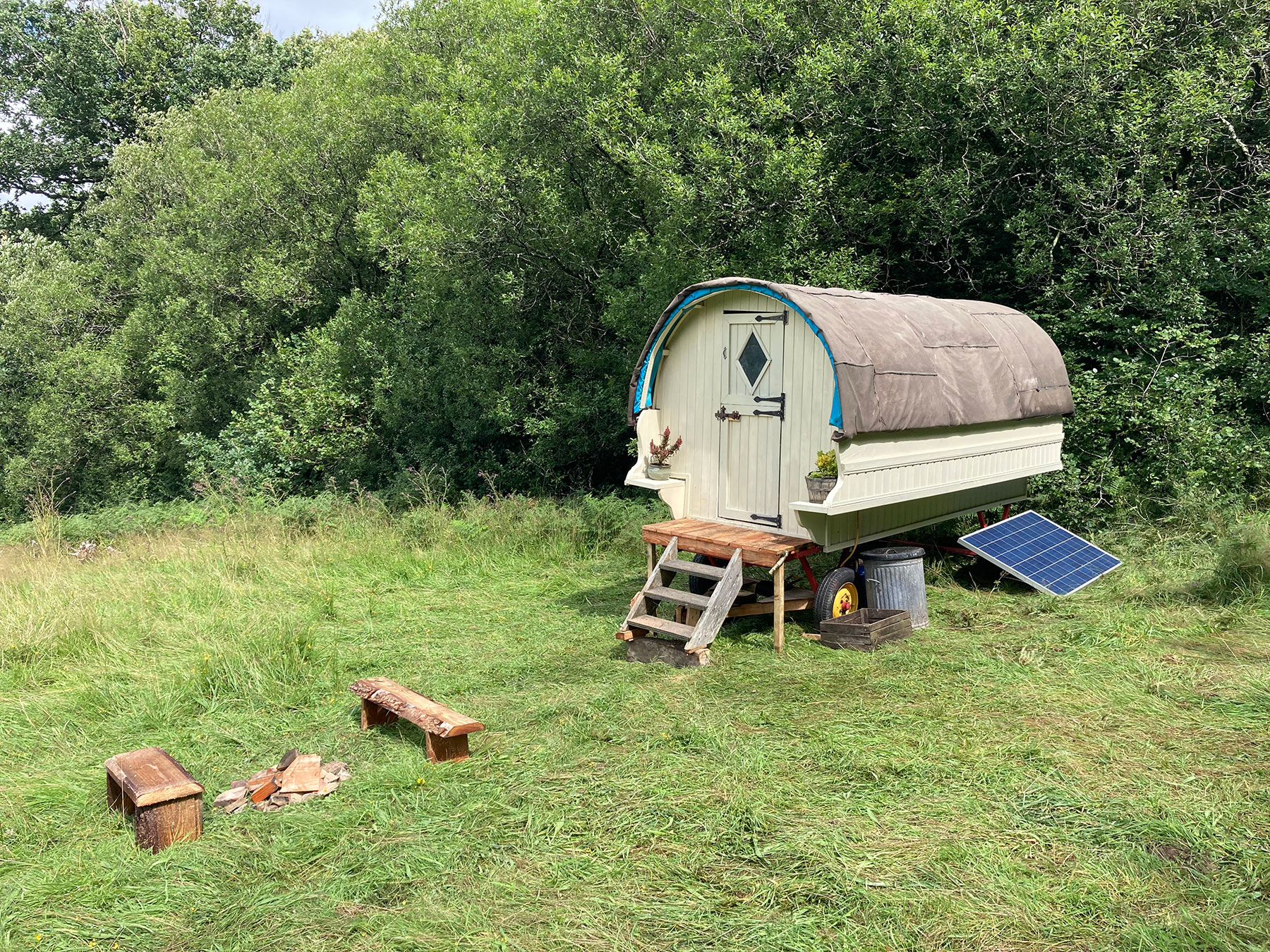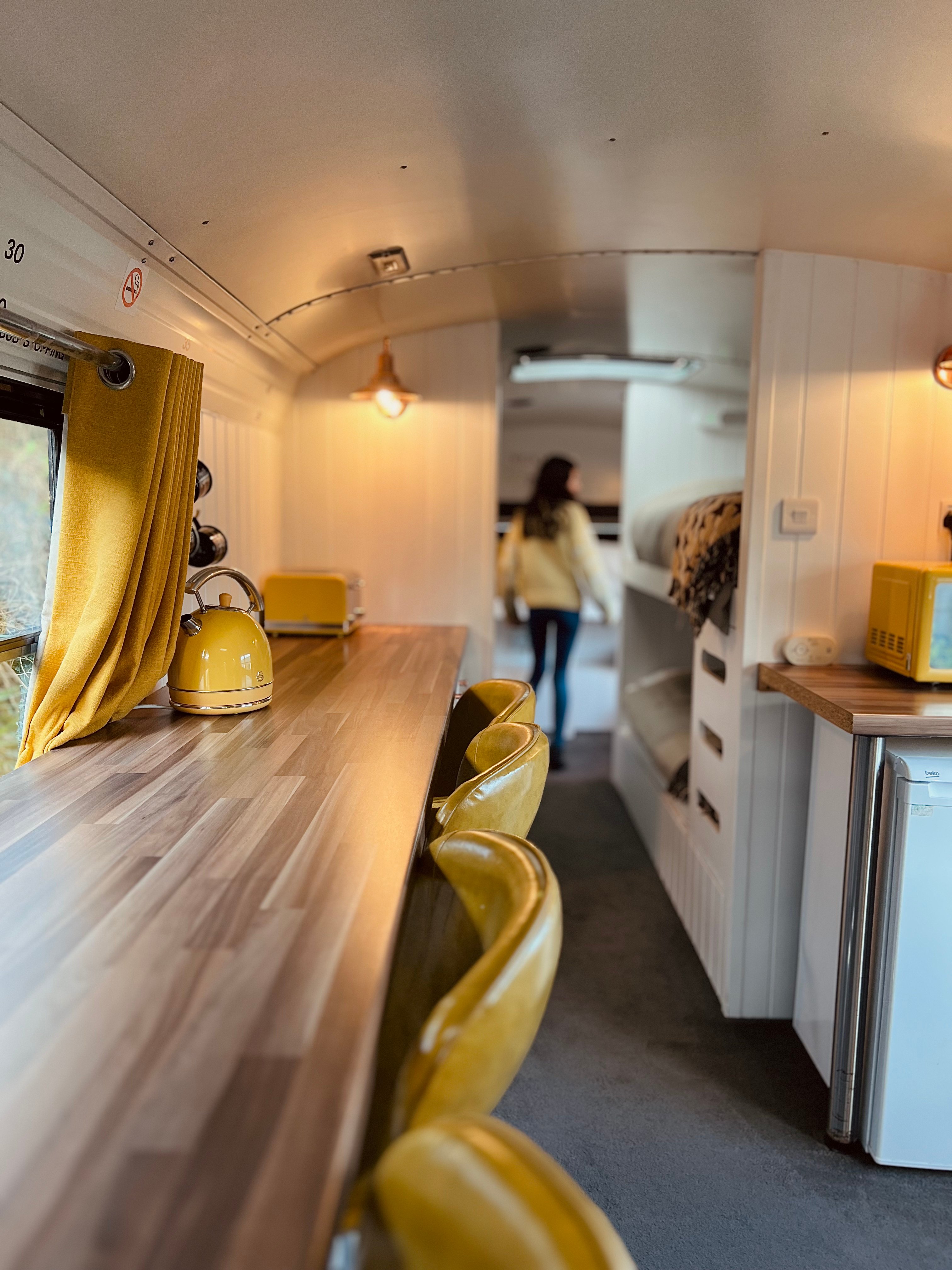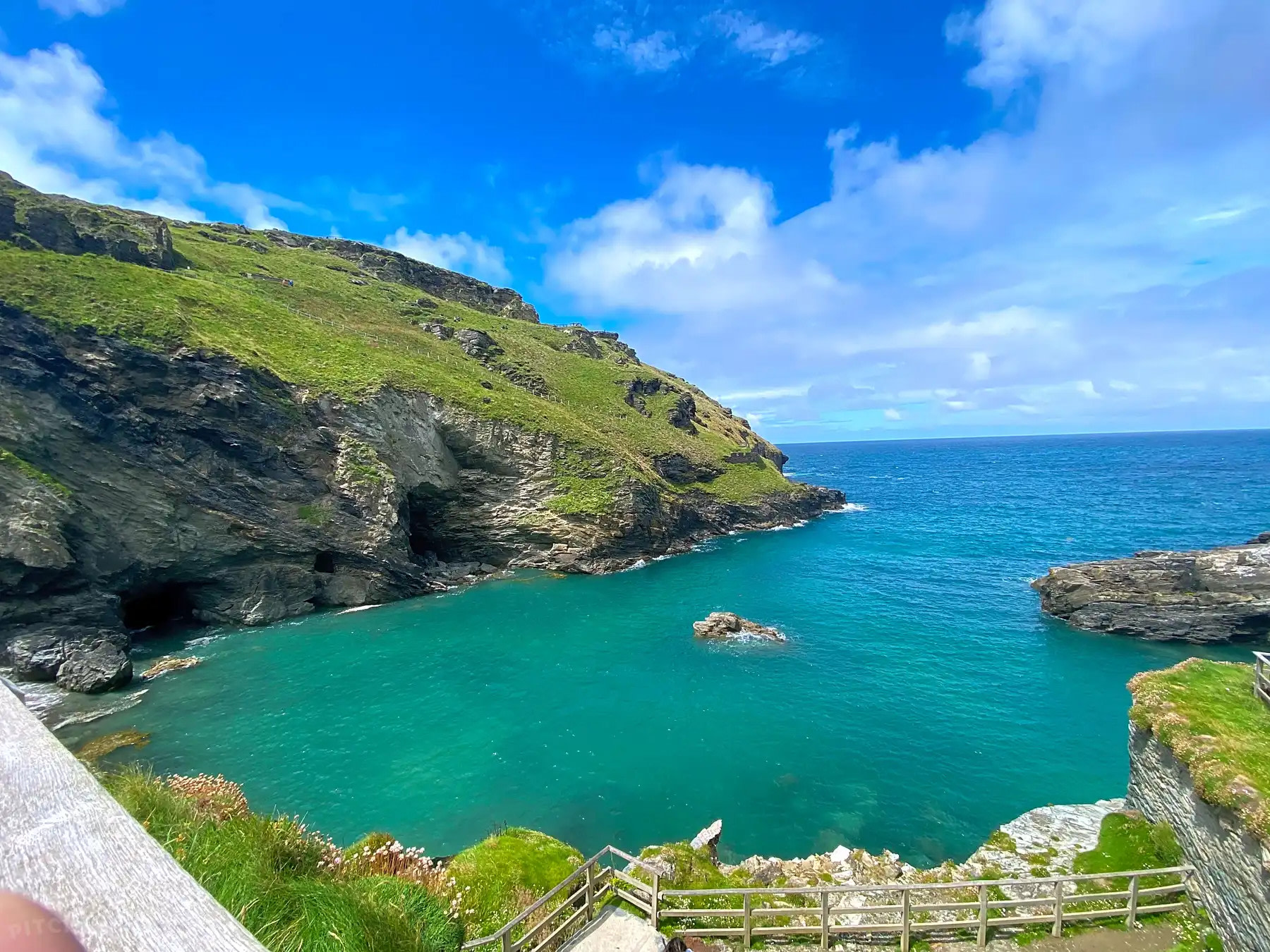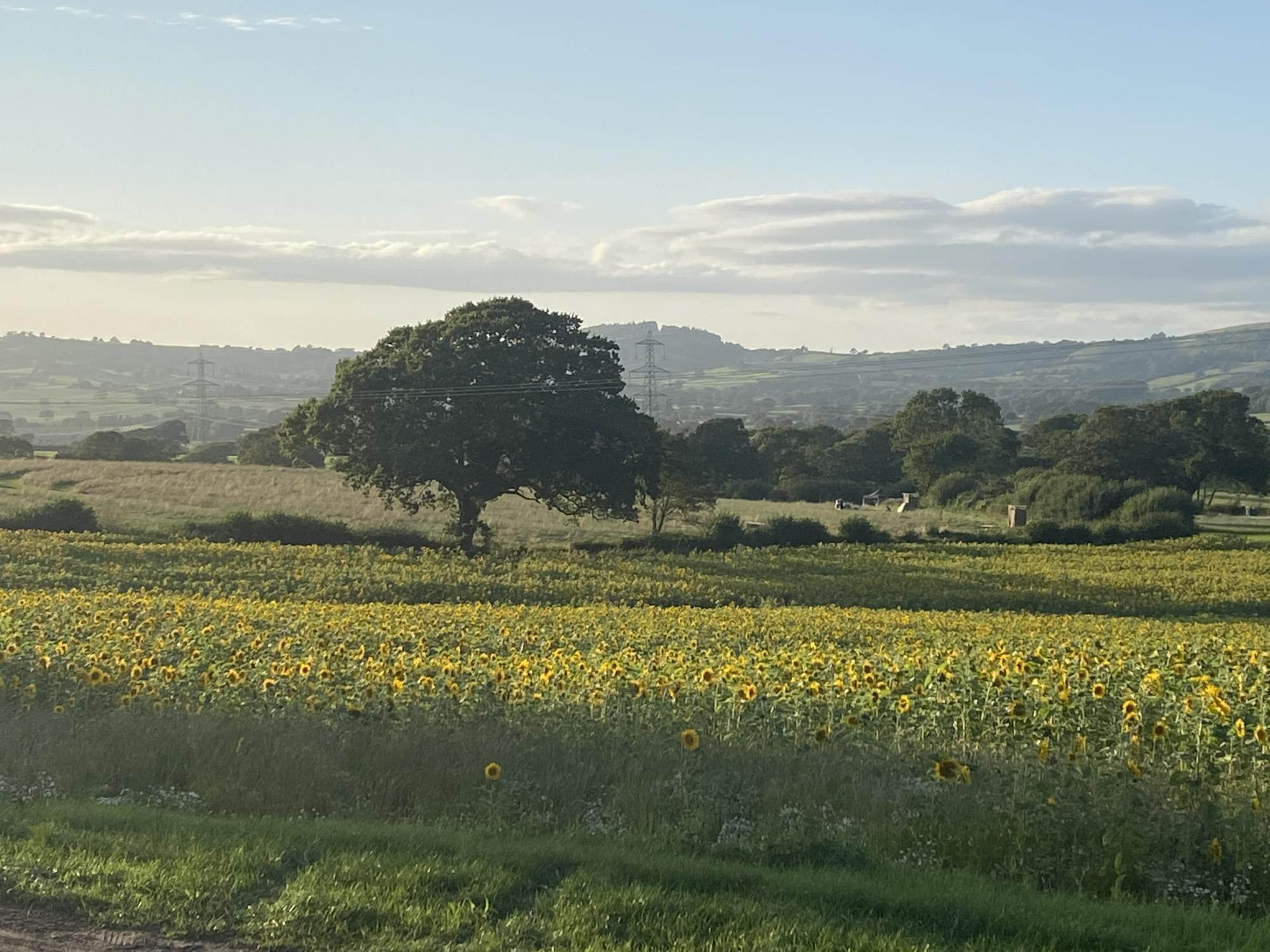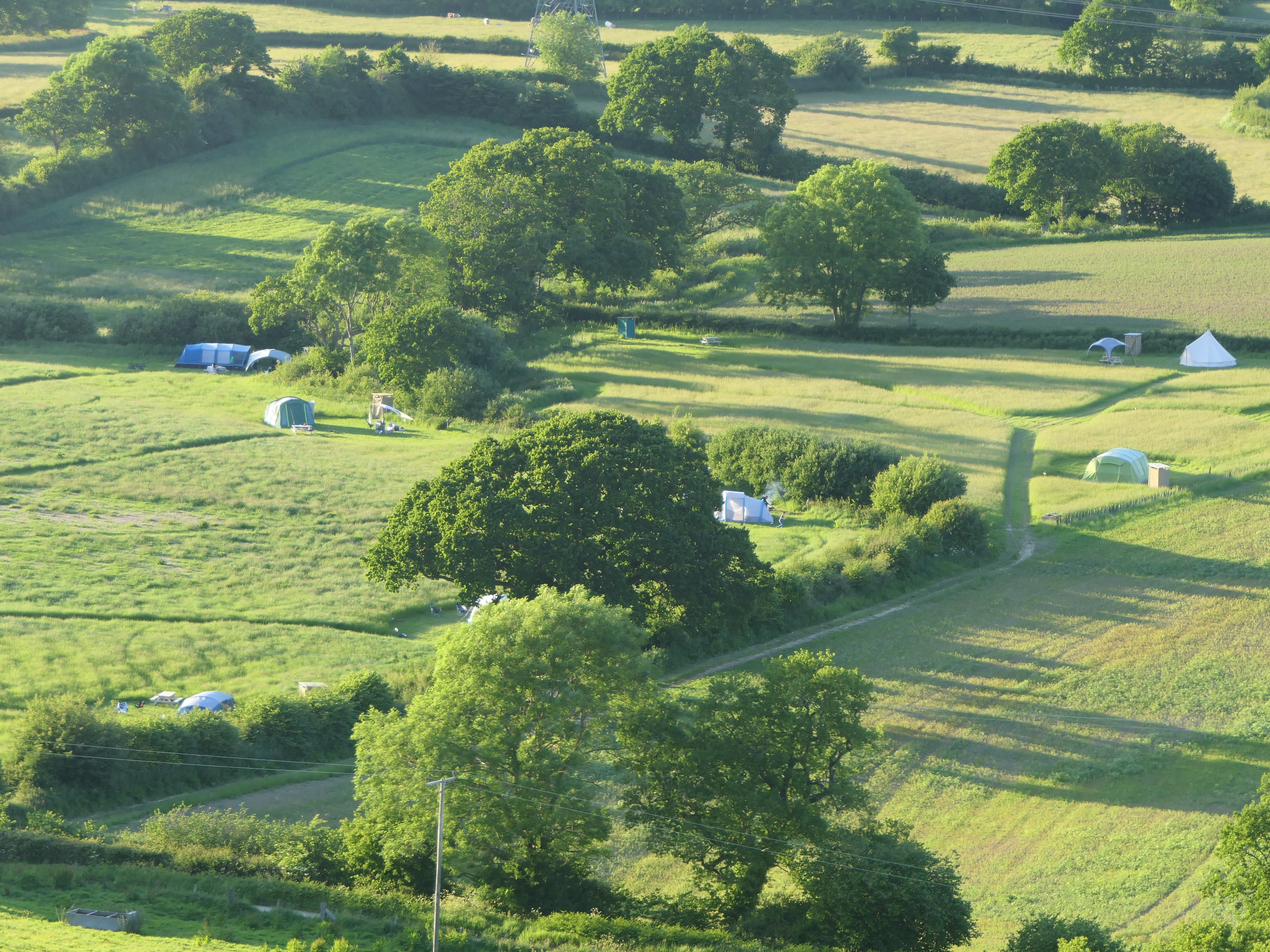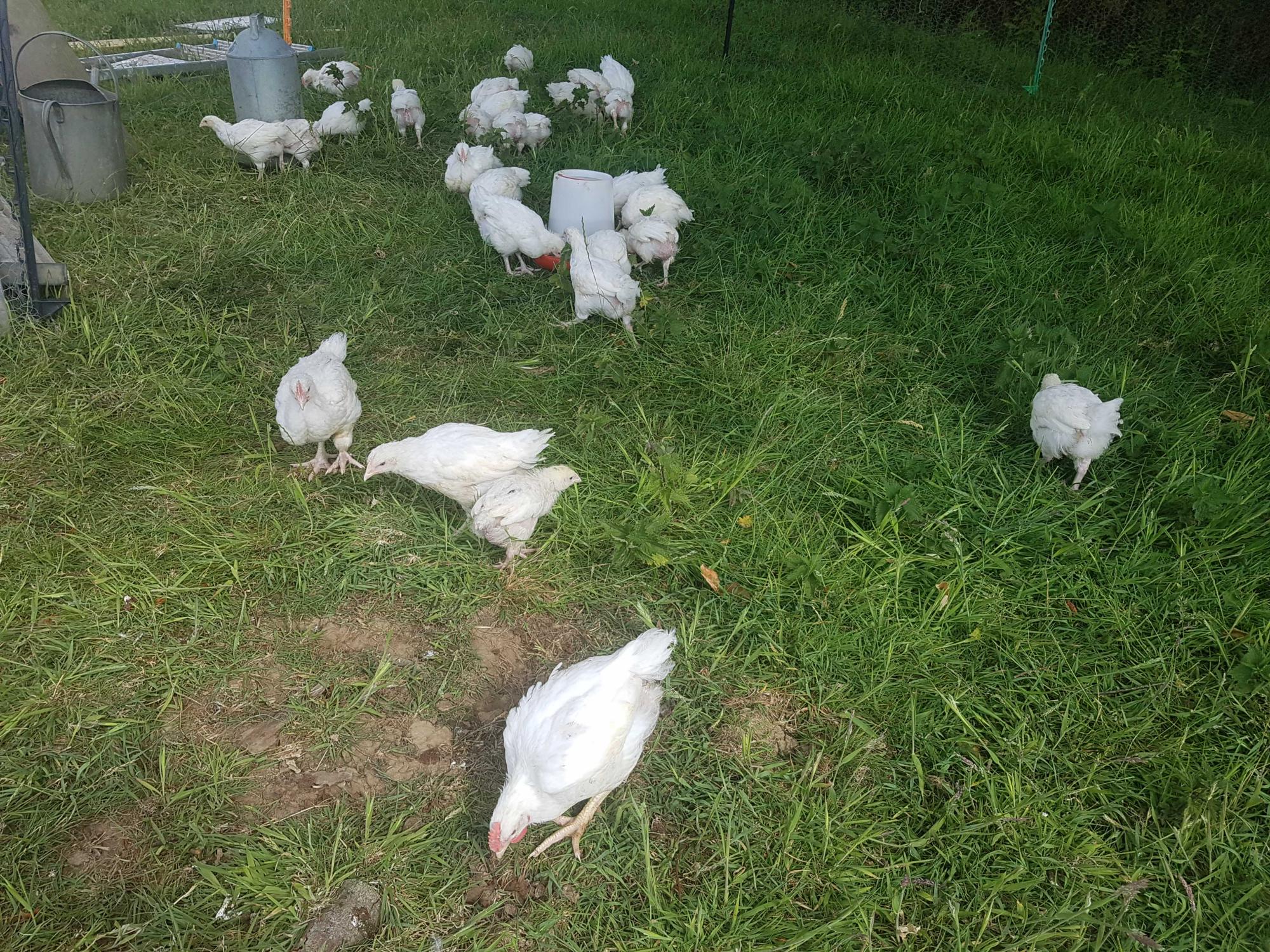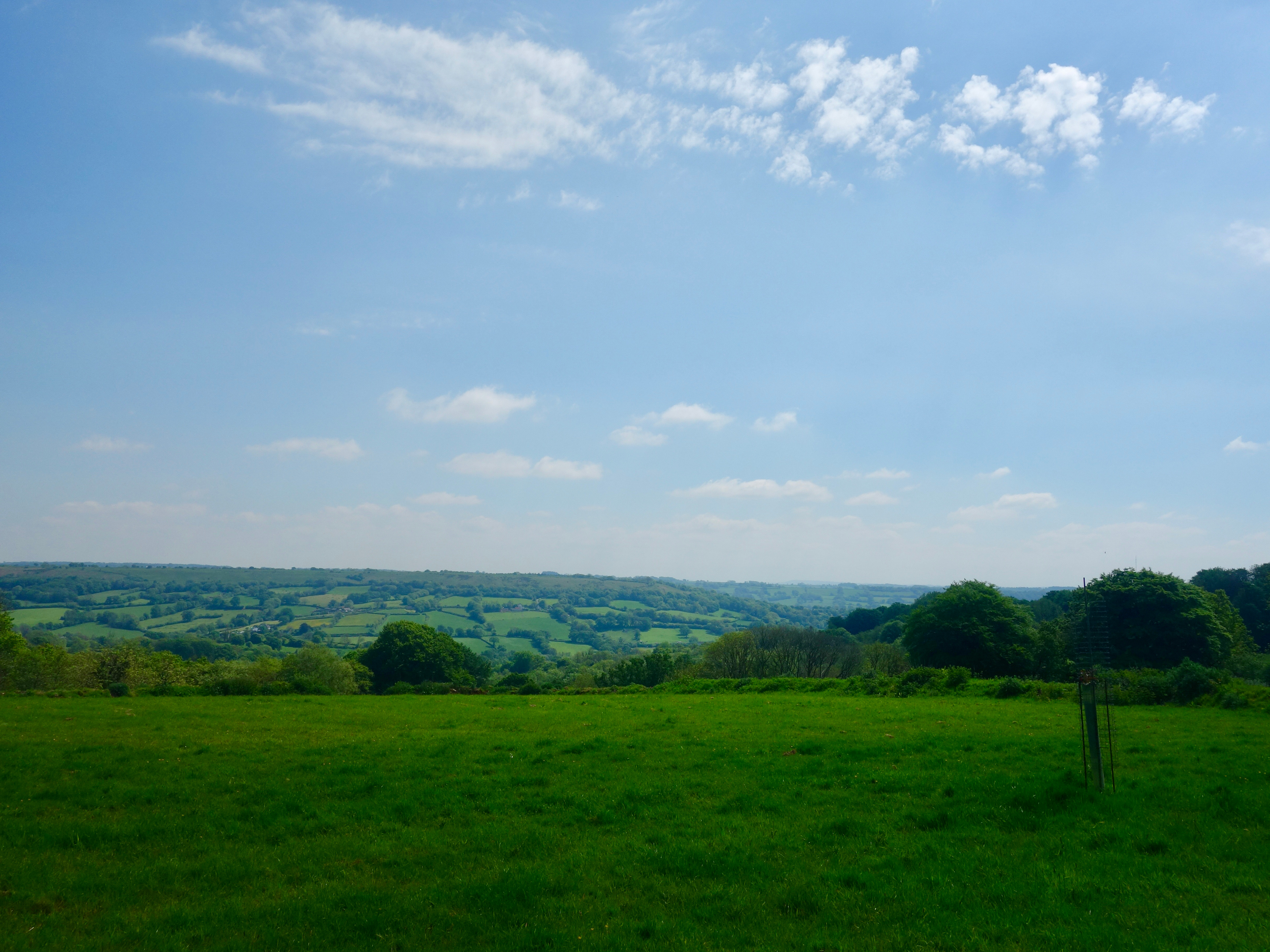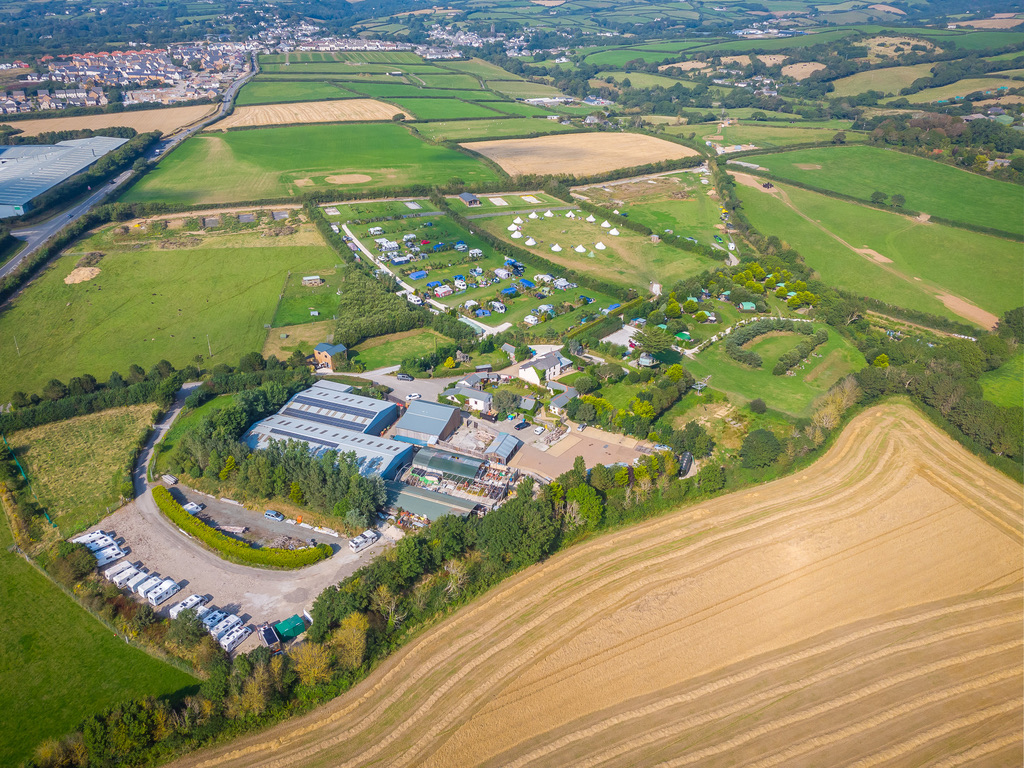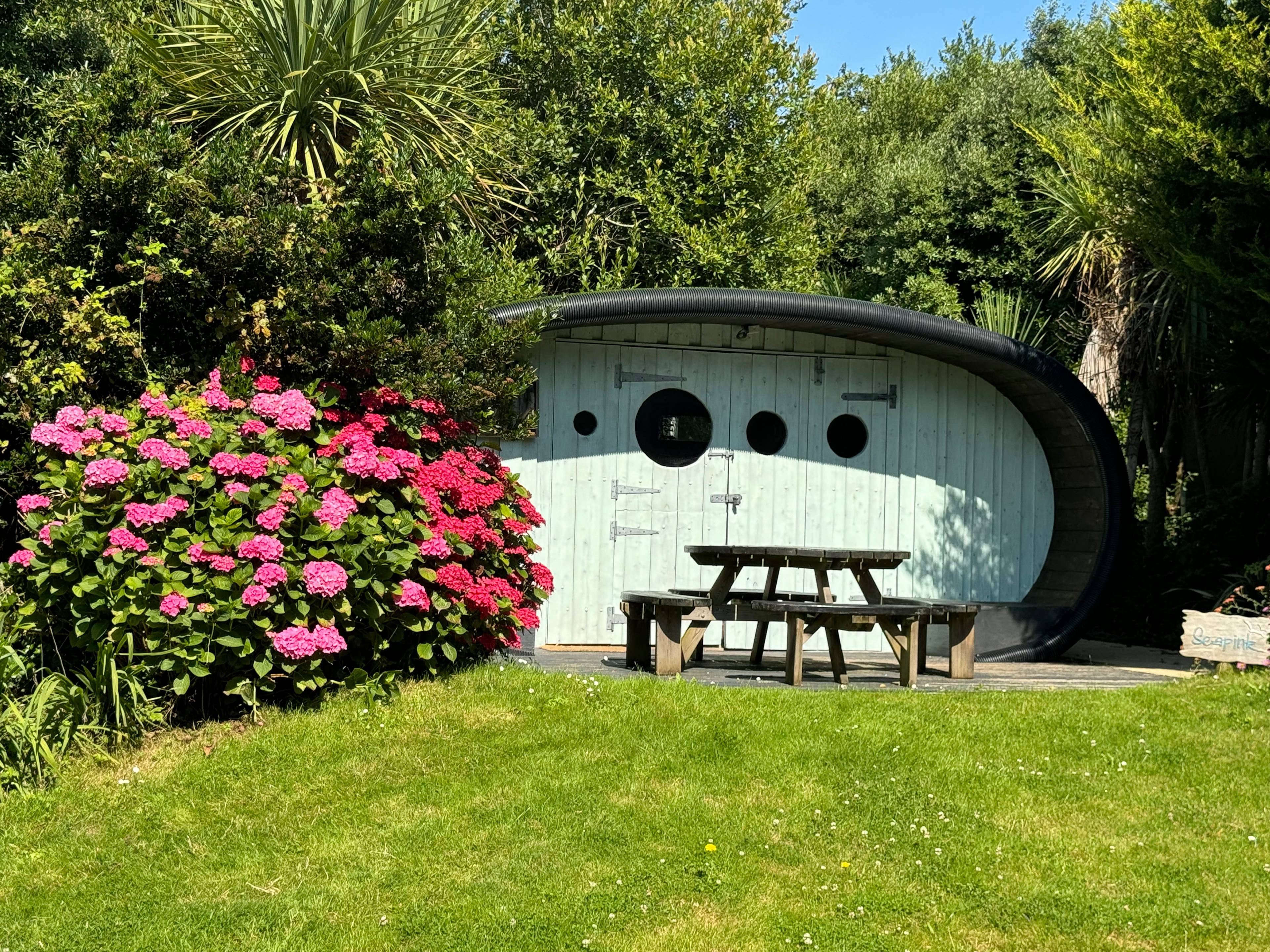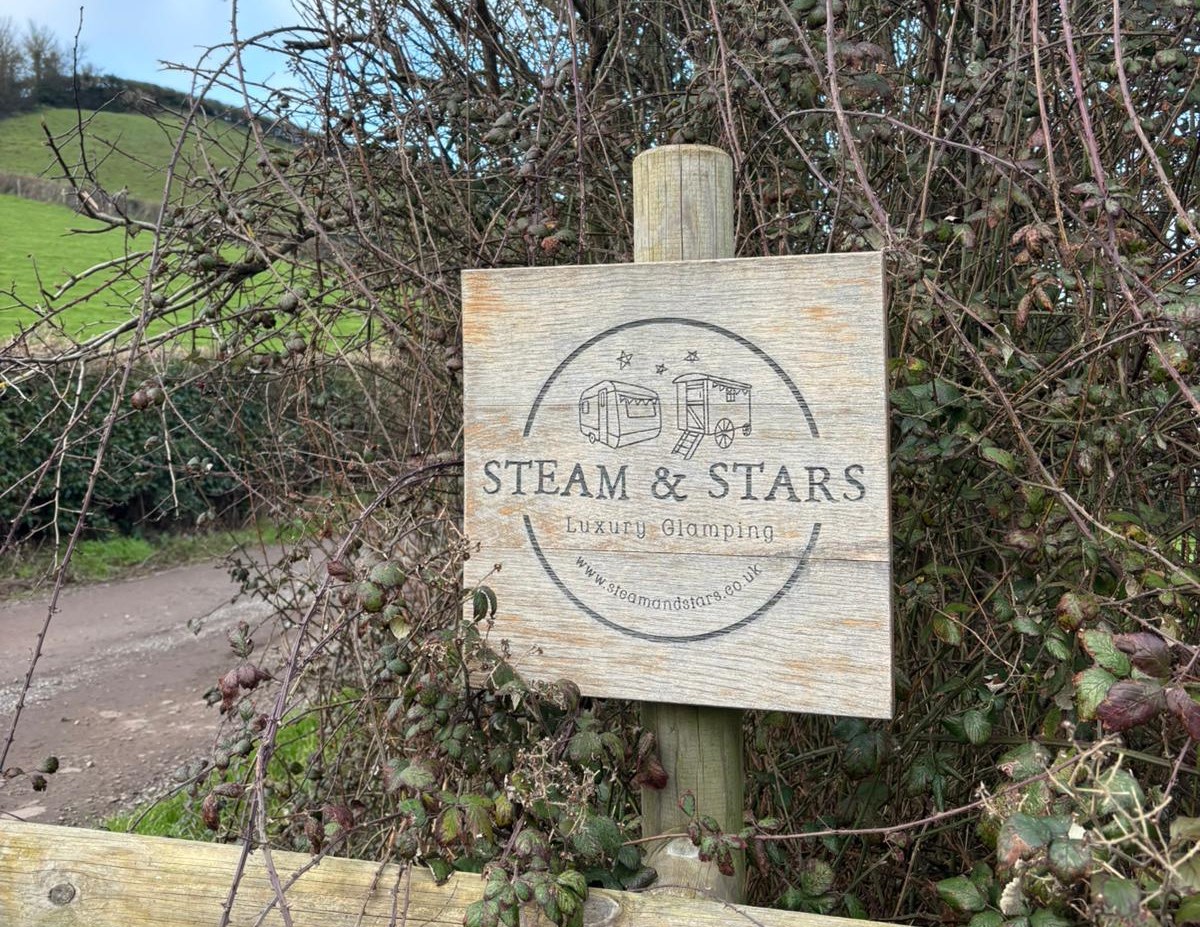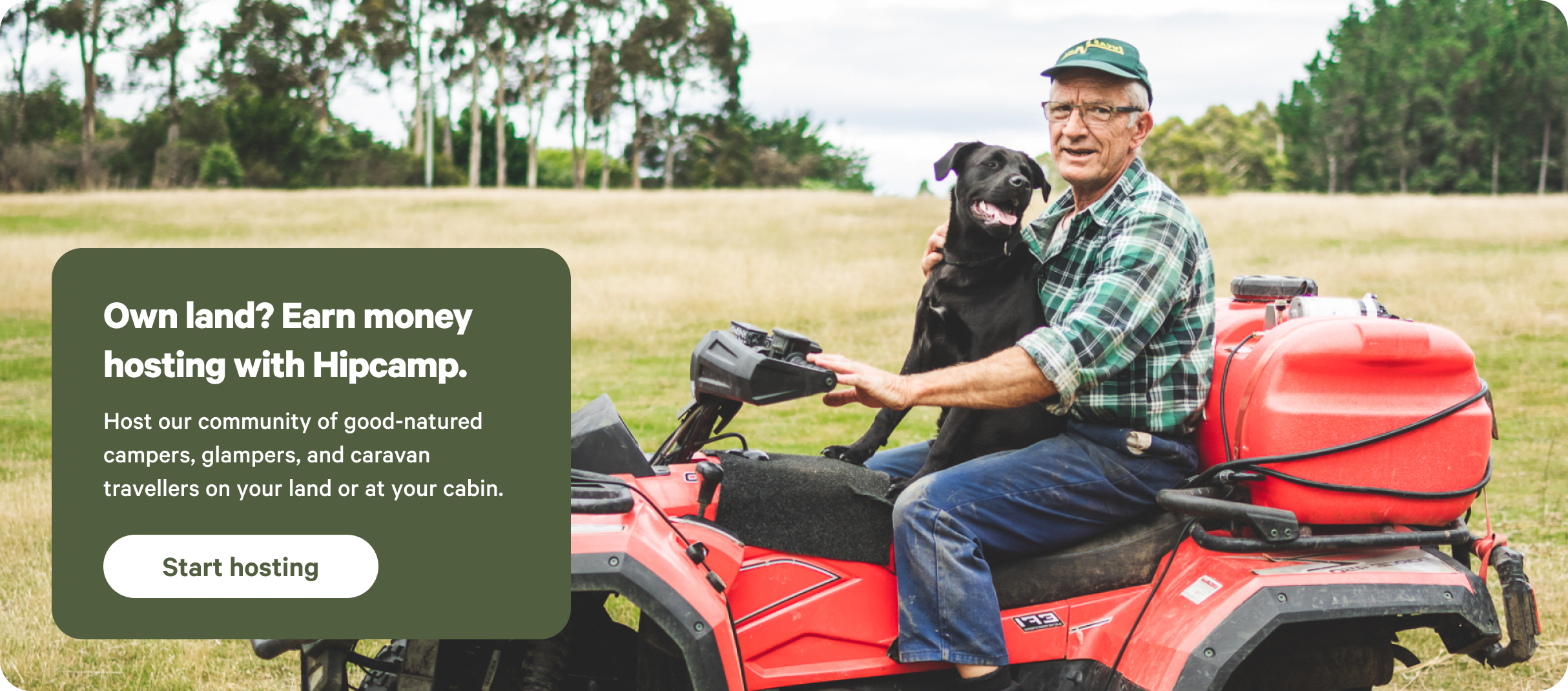95% (1.8K)
Top-rated campgrounds near Dartmoor National Park
95% (1.8K)
Top-rated campgrounds near Dartmoor National Park
Camper favorites in and near Dartmoor National Park
Top-rated campgrounds reviewed by the Hipcamp community.
Recent reviews from the Hipcamp community

M
Mike
November 2025
Tent
With kids
The view from my tent was amazing and if I was there in the summer with the water beside I think the view would be even better. I did worry about being able to drive out because of the way in and out but that's because it rained a lot when I was there but apart from that it's a nice quiet place
See more
S
Samantha
October 2025
6 m Class B
With pets
We had a wonderful time as always! We’ve been here quite a few times now, and it never disappoints. It’s such a beautiful, peaceful place to relax and unwind. A lovely surprise this time was watching the cows wander past — such a charming touch to an already perfect stay. We really can’t recommend this place enough; it’s definitely one of our favourite spots to camp!
See more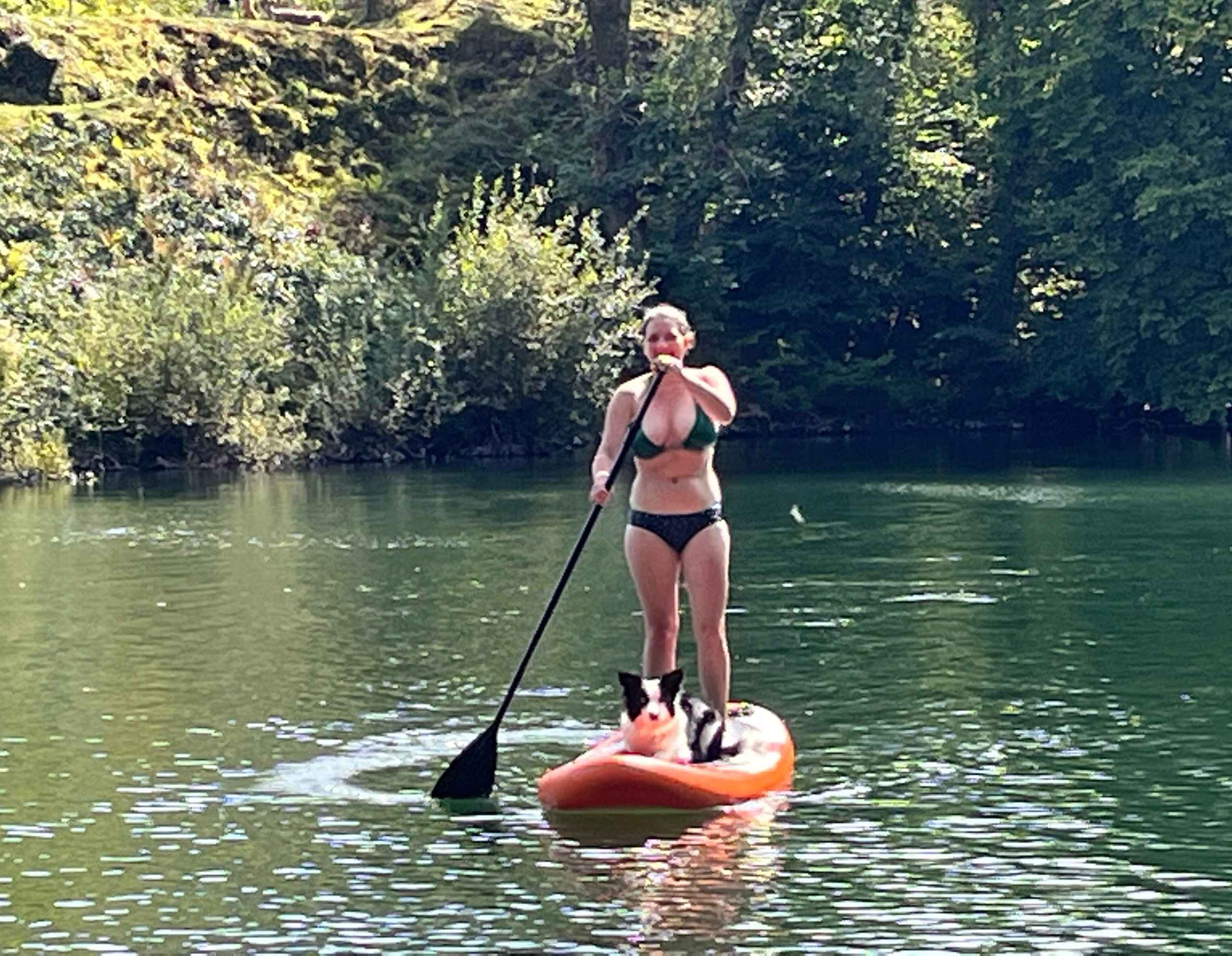
Ryan
October 2025
Tent
Nobody around us but the stars and two shetland ponies, views over the reservoir on the hill were amazing, but be careful pitching there as the grass is only centremeters deep and pegs hit rocks everywhere, our tent blew away and caused a scene - the land itself though is 10/10
See more
s
shirley
October 2025
5 m Class B
Beautiful site beside a lake. Lovely views and nice walks from the field. Nice to sit beside the camp fire star glazing at night.
See more
r
roblox
October 2025
5 m Class B
Amazing place to stop. Beautiful scenery with fantastic walks to the viaduct and reservoir nearby.
Lovely to be able to have a fire.
We went for a great meal at Dartmoor Inn (10 min drive)
Got our camper down ok. It could get a bit tricky if the lane gets wet and slippery.
See more
N
Niome
October 2025
With kids
brilliant place to stay, very relaxed there but if you need anything they was there. me and my partner stayed here with our 2 daughters and our dog and it was 100% one of the best places we have been to, great veiws, great facilities. all in all will 100% be staying again and maybe try the other cabins.
See more
c
charlotte
September 2025
5 m Class B
With pets
Beautiful Spot, we stayed for 2 nights. We had great communication with Phil and a bag of wood delivered to camp. Shared the camp with 2 ponies but no one else. Was nice to see the horse trail pass camp. Overall top spot if you are ok with no facilities. We would definitely stay again.
See more
H
Hew
September 2025
Tent
A gorgeous and spacious campsite with an absolutely magical feel.
Such an idyllic spot to wake up in. I can't wait to come back and visit again!
See more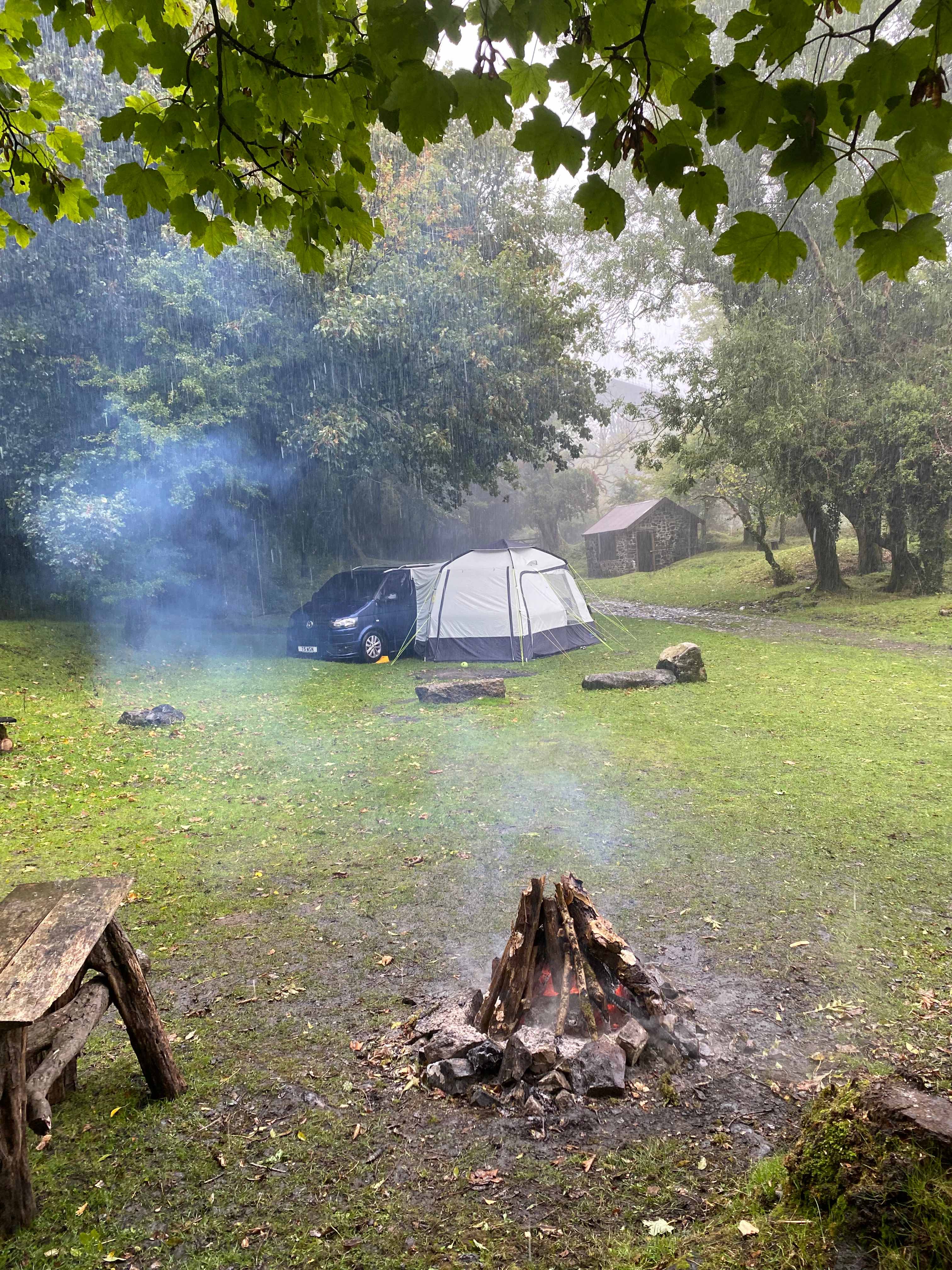
P
Phillip
September 2025
4 m Class B
With pets
It was a beautiful secluded spot close to the lake and the moor.
See more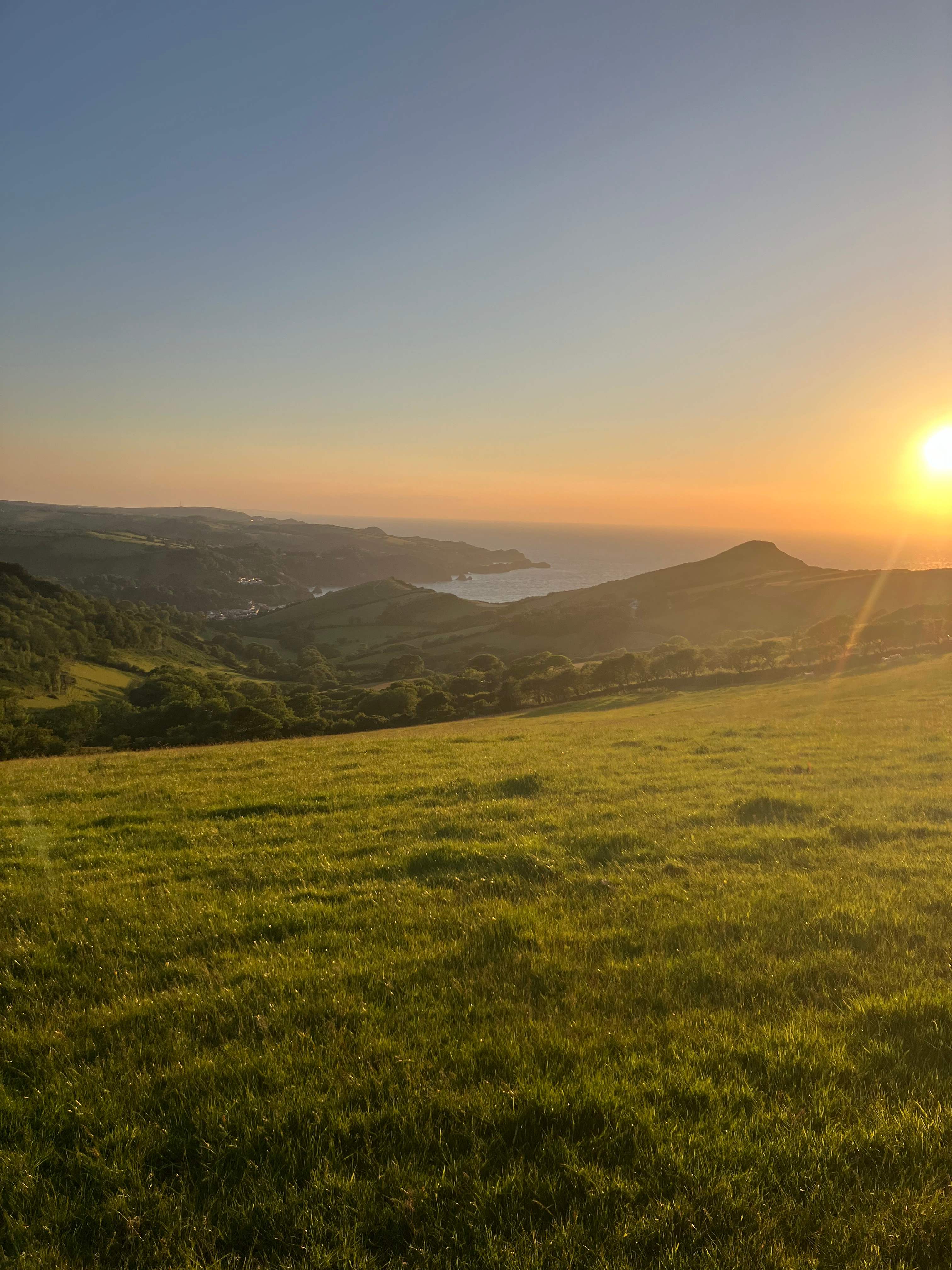
J
Jack
September 2025
Tent
Very helpful and friendly, lovely views and clean facilities, would recommend 👍
See more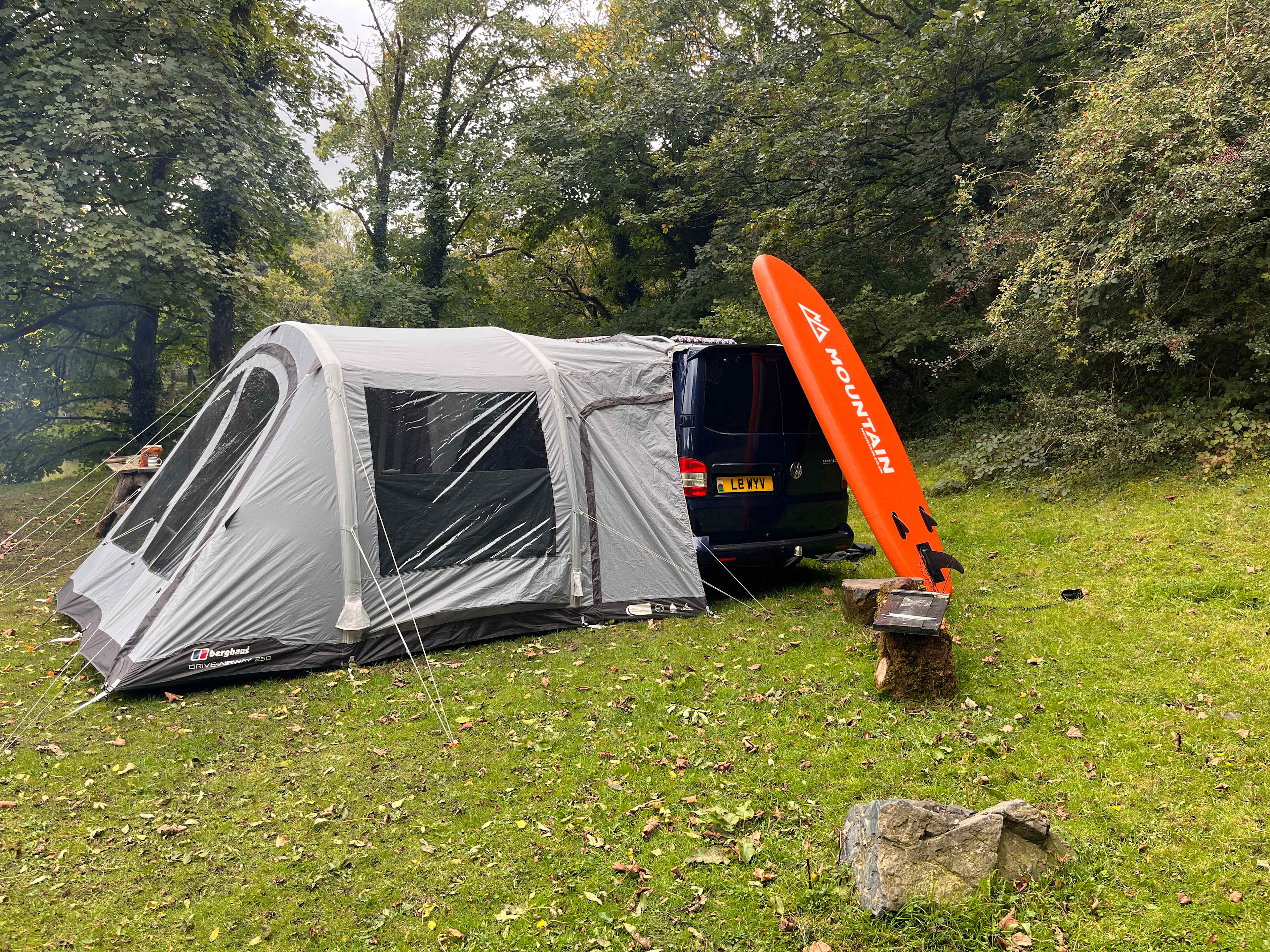
Lewy
September 2025
4 m Class B
With pets
Our second time staying at Phil’s beautiful lakeside gem.
Seclusion, scenery, wildlife, stars and zero stress….. those are the words that sum up this hidden wonder.
Literally yards from the moors with the ponies and rugged landscape, it’s the perfect place from which to explore.
Bring EVERYTHING you need, there are no facilities at all and remember to leave no trace!
Thanks Phil for another amazing stay. We’ll definitely be back again
See more
J
Jack
September 2025
5 m car
With pets
Absolutely beautiful spot, even better than the photos make out. Lesley showed us a more sheltered pitch and it was perfect. The walking straight from the site was amazing and the views from littlehangman down into the town were stunning. Paul provided us with a big bucket of logs and we kept the fire going for ages. Would 100% recommend :)
See more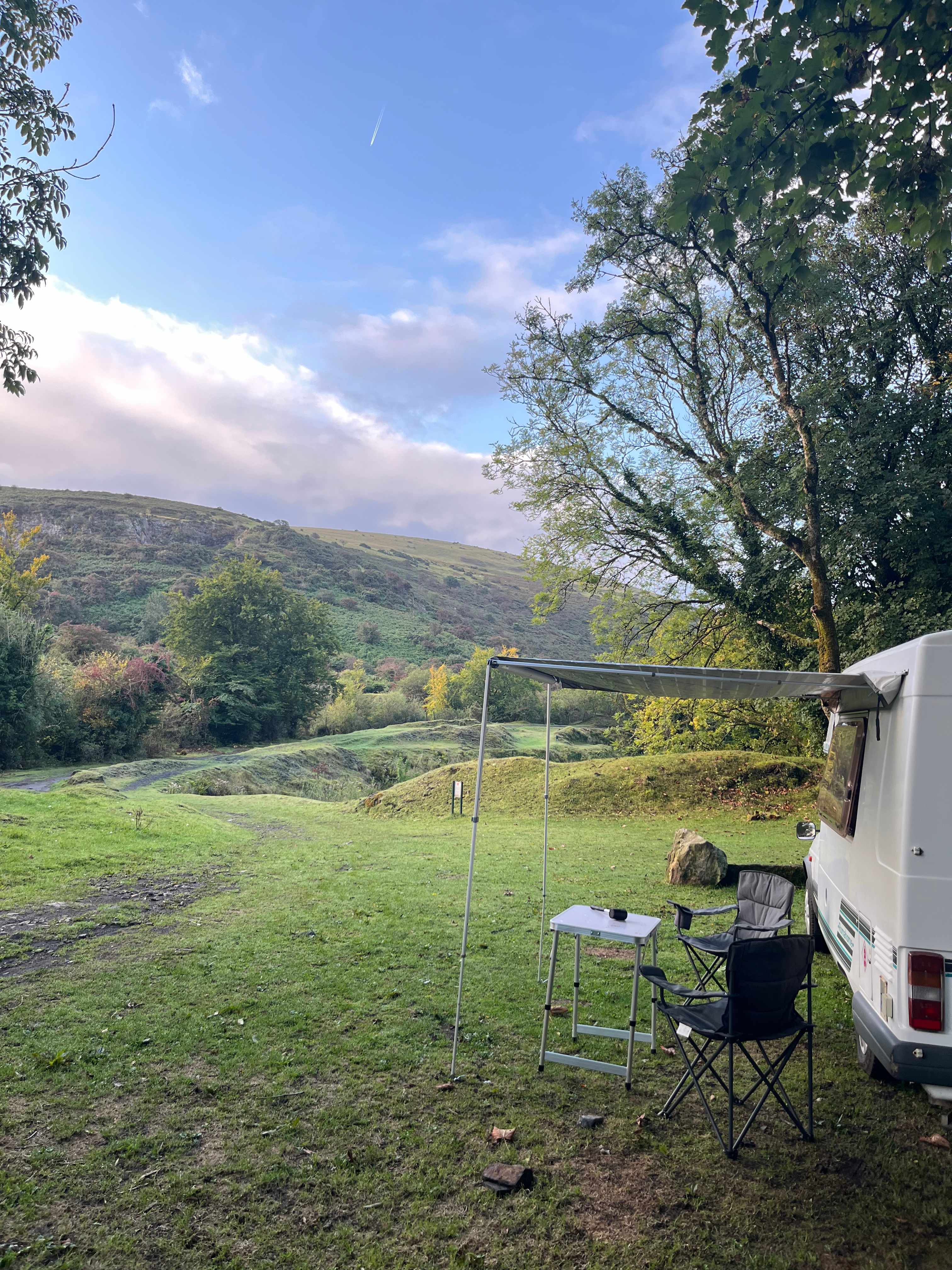
M
Max
September 2025
5 m Class B
Magical space, really enjoyed camping here and will look forward to returning. Obviously no toilet, a composting loo would have been great but still a very lovely, peaceful place to camp.
See more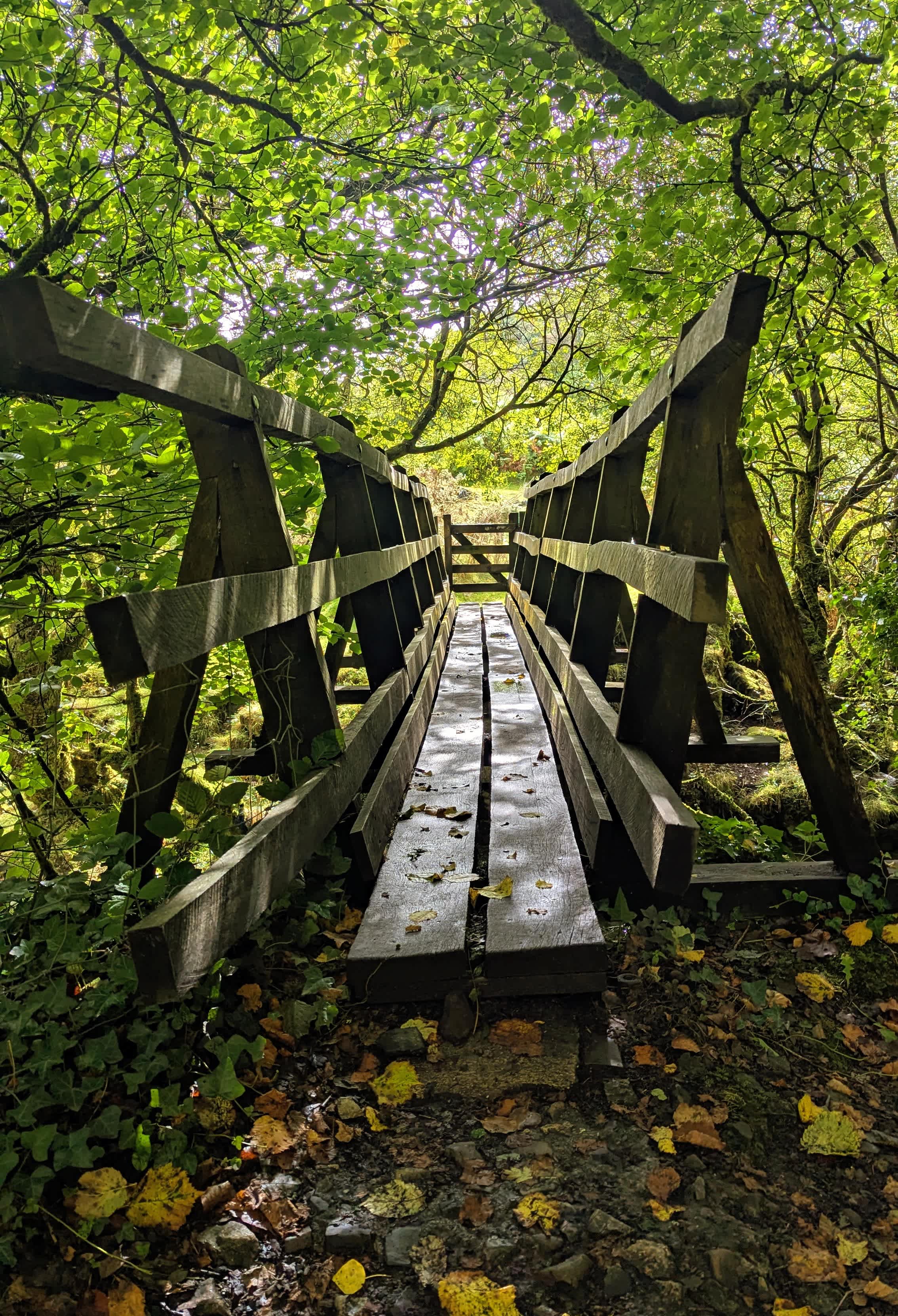
Jenna
September 2025
4 m Class B
Beautiful site! Perfect, peaceful get away. Will definitely be coming back again
See more
M
Michael
August 2025
Tent
Beautifuly secluded and peaceful spot with great views of the reservoir/lake
See more
H
Harriet
August 2025
Tent
With kids
Wonderful stay. The view is stunning from the whole campsite. Lots of space, children loved running around and having space to play. Lesley and Paul were really welcoming. Facilities were great.
Absolutely stay again!!
See more
C
Chezmite
August 2025
Tent
With kids
My family and I stayed at this picturesque site for 2 weeks and we had an amazing time. Lesley and her husband Paul were wonderful hosts, always happy to chat and a fountain of knowledge about the area. They kept the facilities clean even over a busy bank holiday weekend.
There were two flushing toilets and one portaloo (to save those at the top of the site from walking too far), two warm showers, washing up facilities and a lovely converted railway carriage that had electrical points and a fridge freezer. On the few days we had rain this carriage was a great space to eat or play board games.
The site has outstanding views overlooking the valley with combe martin bay. Alongside it is a public footpath taking you to great hangman and further Exmoor trails. You can walk to combe martin from here but it is a steep hill back up so bear that in mind if you take a lot of stuff to the beach. Also being up so high you get the spectacular views but it can be windy on occasions so bear the weather in mind when choosing your spot (you are not assigned a specific position so you can move if the weather changes).
What i really liked was that the site was not overcrowded even when fully booked as the hosts keep numbers low. This meant it was not noisy and you did not feel like you were on top of anyone. We would definitely come back here.
See more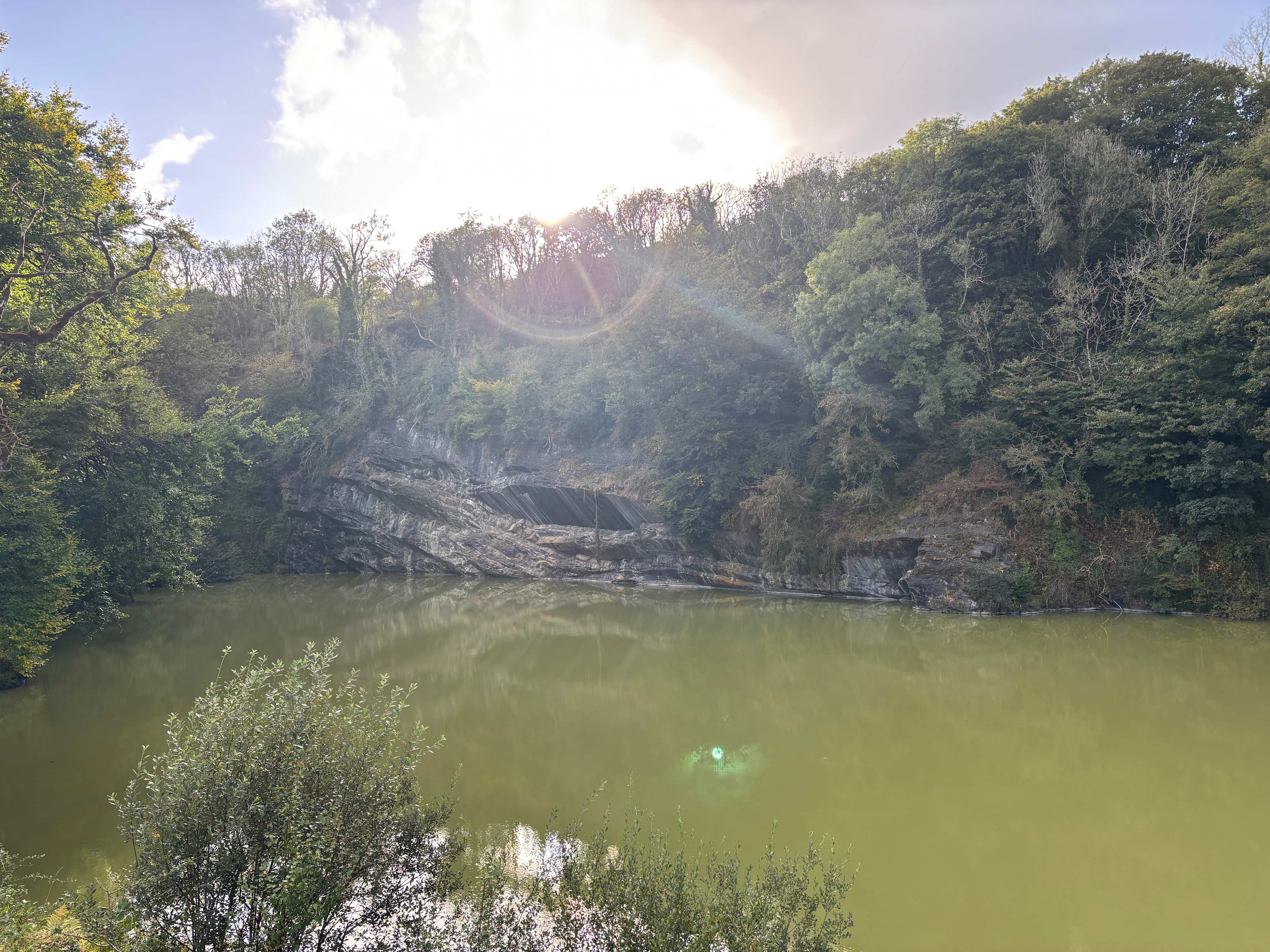
J
Julie
August 2025
5 m Class B
What a gem! Very clear directions from the host, we found it easily and our campervan got down the narrow track no problem. Sometimes narrow tracks lead to hidden gems and that is definitely the case here! Beautiful location, typical Dartmoor... gentle-natured ponies wandering about, gorgeous views, stunning lake (maybe not everyone's ideal to swim in, but wonderful to sit by and enjoy the peace and quiet). Large pitches right next to the lake and a stone's throw from a river that you can walk alongside and explore - plenty of private spots along the river if you like a cold plunge! It is on a bridle path so the odd dog walker wandered past but that didn't bother us at all. One of the loveliest places I've stayed, highly recommend.
See more
S
Sean
August 2025
Tent
With kids
Quiet, lovely place.
Very off grid. Nice toilets and showers. Good recycling and bins. Great location.
See more
C
Caroline
August 2025
With kids
The most beautiful location and the huts were so cosy and clean. We had everything we needed. I can't wait to visit again!
See moreTop camping destinations around Dartmoor National Park


Camping in Dartmoor National Park guide
Tips for snagging a campsite
- Popular Dartmoor National Park holiday parks and caravan sites can book up quickly, especially in July and August, and during school holidays. Early bookings (at least three months in advance) are recommended for visits during these times.
- Check access to campsites if you’re travelling with a caravan or large motorhome—Dartmoor lanes are sometimes narrow and tricky to navigate.
- Be sure to check seasonal opening and closing dates, which vary by campsite. Many campsites open from March or April through September or October, while others stay open year-round.
When to go
Summer is the high season in Dartmoor National Park, when crowds peak in July and August. Arrive early at popular attractions to avoid queues, and book activities in advance to avoid disappointment. Outdoor activities are possible year-round, but pack for all seasons—rain, fog, and high winds are common in the moorlands, and the weather can turn quickly, even in summer.
Know before you go
- Dartmoor National Park is one of the few places in the UK where wild camping is permitted for tents only. Tents must be pitched away from roads and attractions, and large group camping is not allowed.
- Dartmoor National Park is in Devon along the M5 motorway. It’s about a 30-minute drive or train ride from Exeter or Plymouth.
- Several car parks dot the park, many of which are pay-and-display. The Haytor Hoppa hop-on, hop-off bus also operates around eastern Dartmoor from May through September.
- Many small towns and villages can be found throughout the park, so you’re never far from a shop, pub, or information point. The main Dartmoor visitor centres are in Princetown, Haytor, and Postbridge.
- Dartmoor has many wheelchair-accessible trails and attractions.
- Dartmoor has free-roaming ponies, sheep, and cattle, which have the right of way on moorland roads. A strict speed limit of 40 mph applies throughout. It is a fineable offence to feed any animals in the park, and visitors are advised to keep a distance for their own safety—these are feral animals that may kick or bite.
